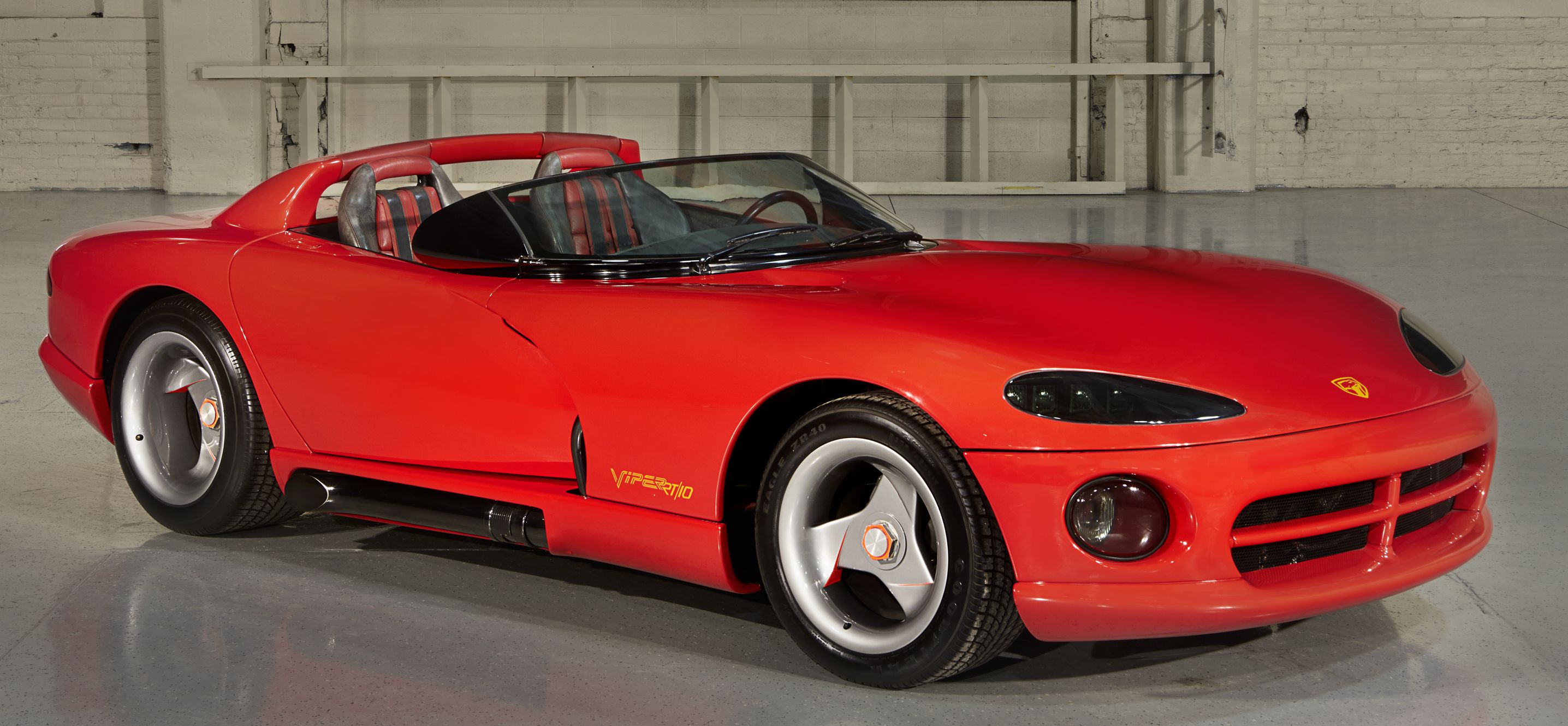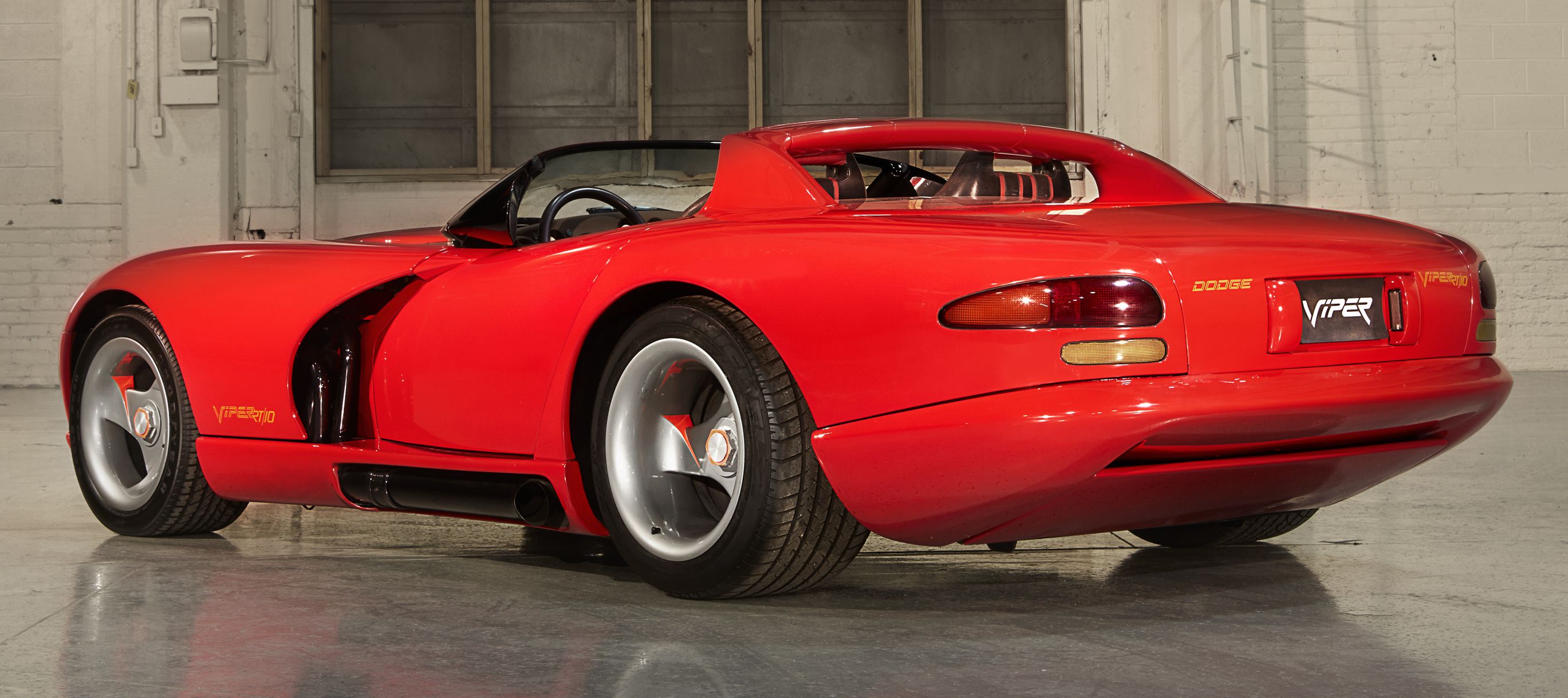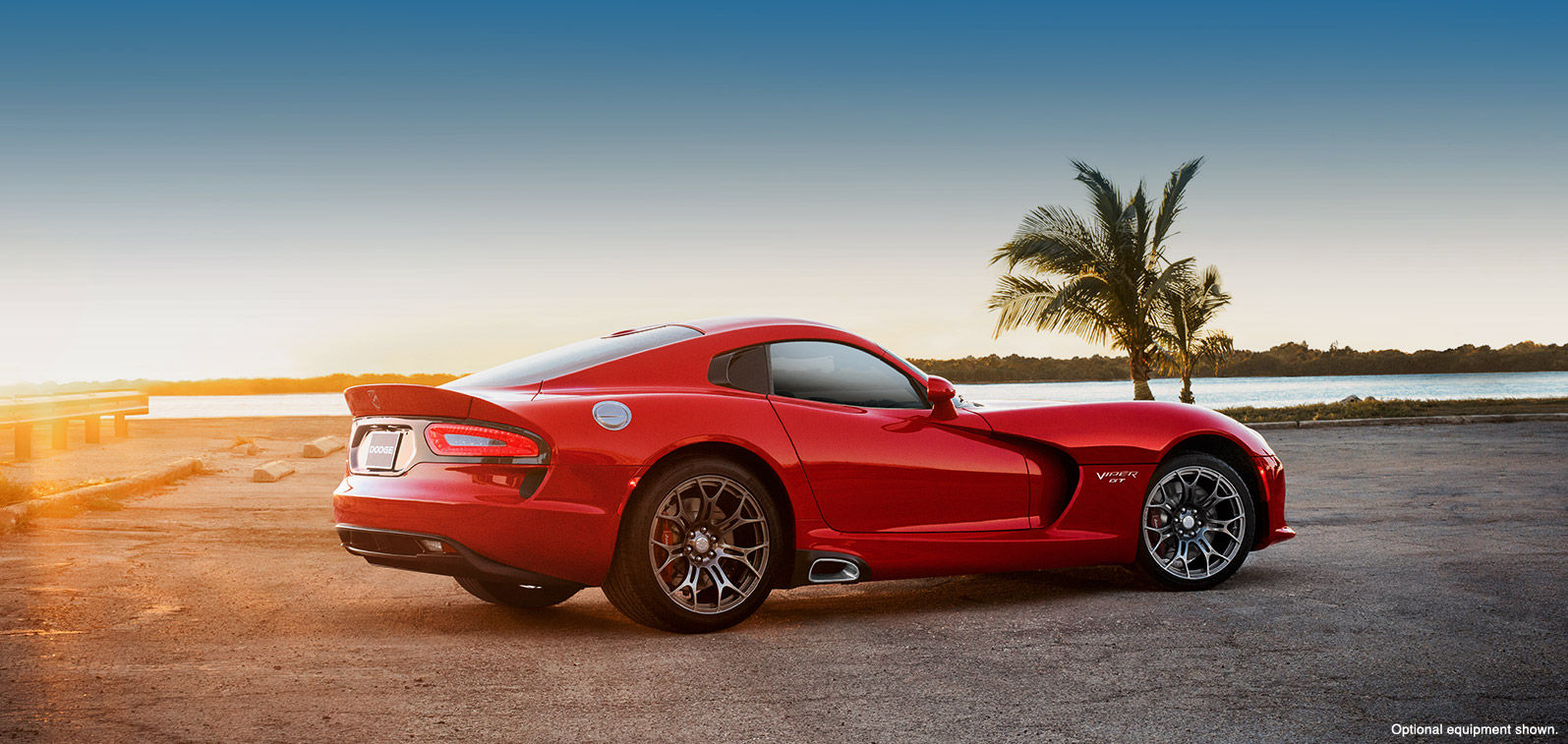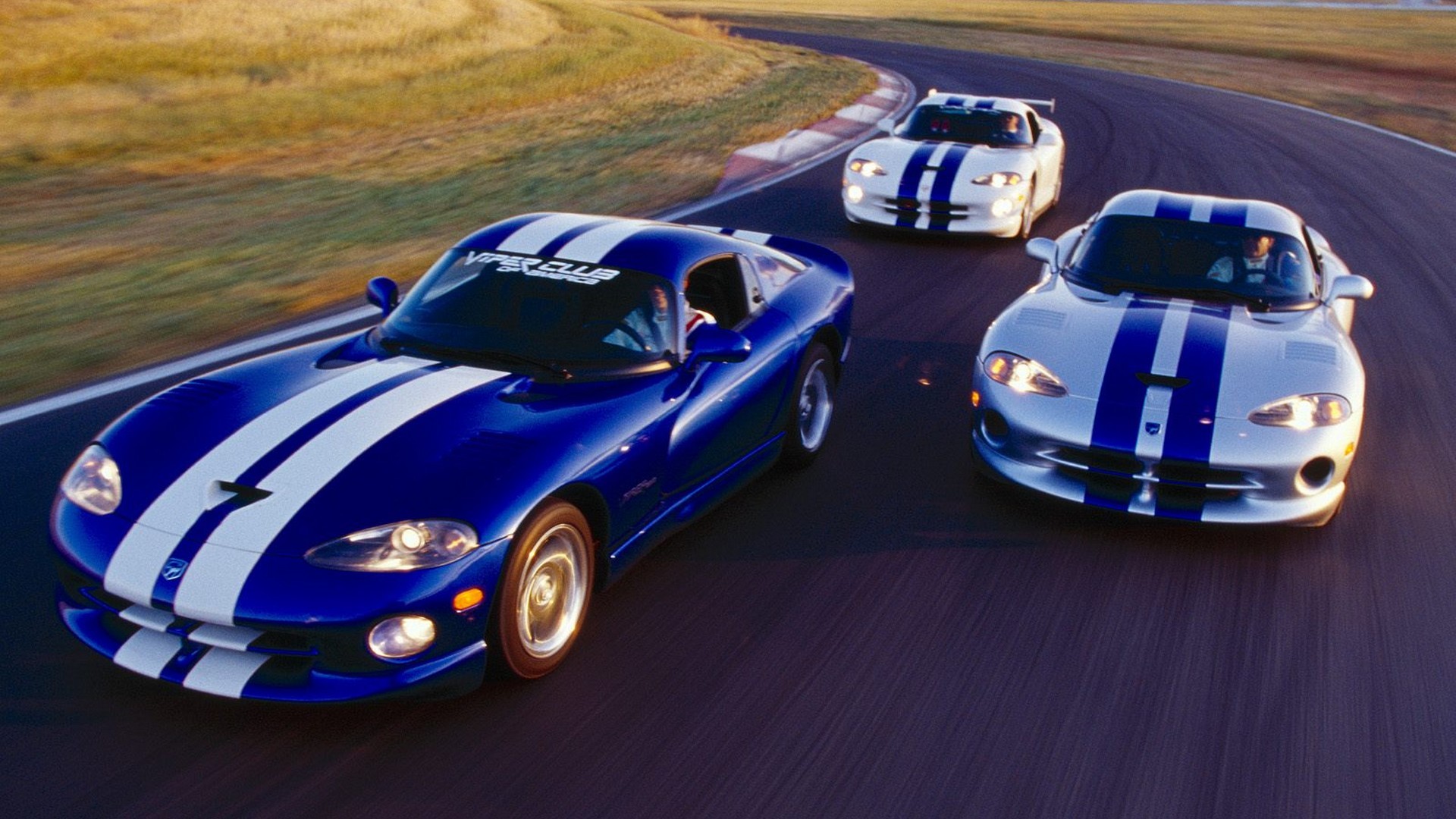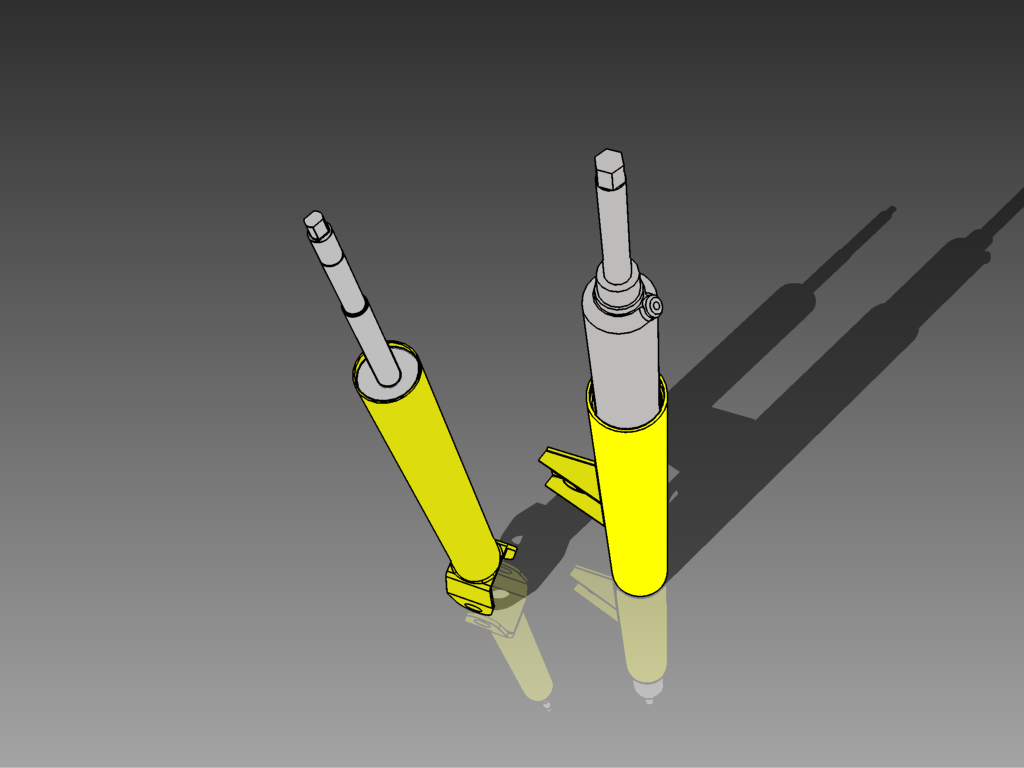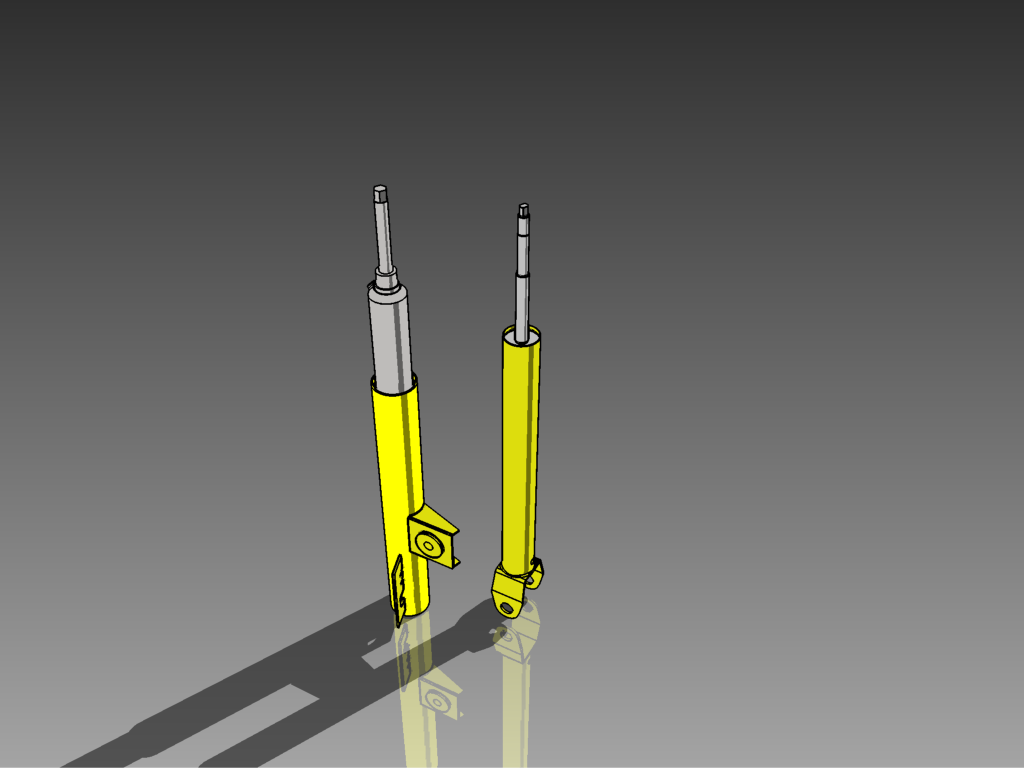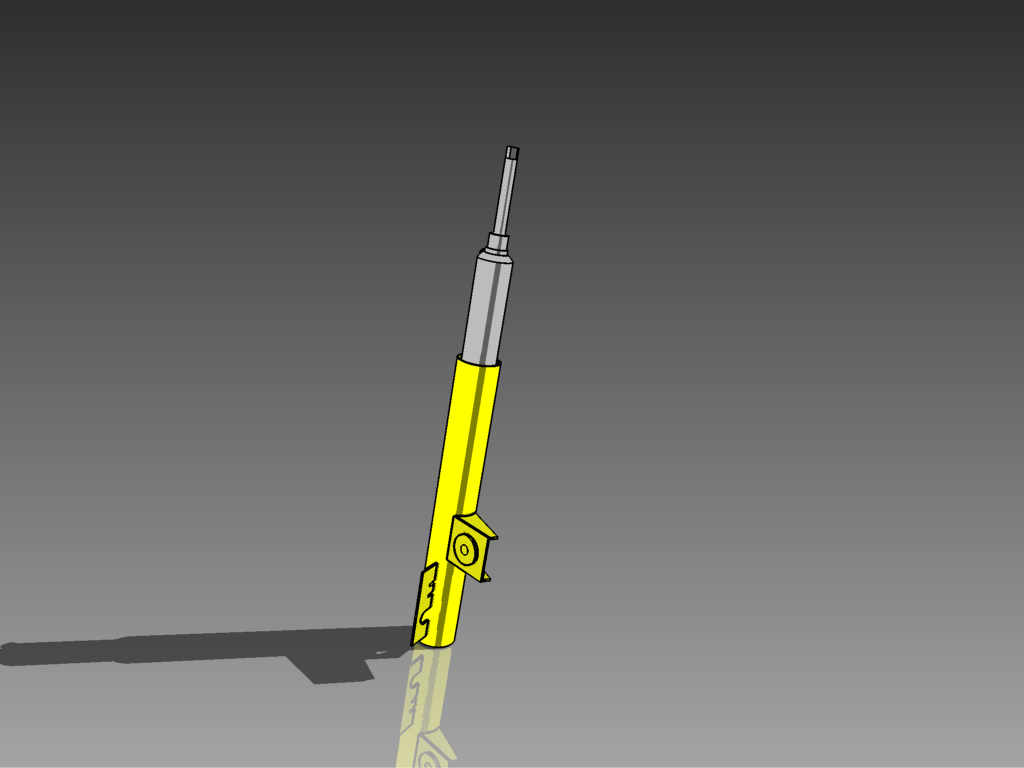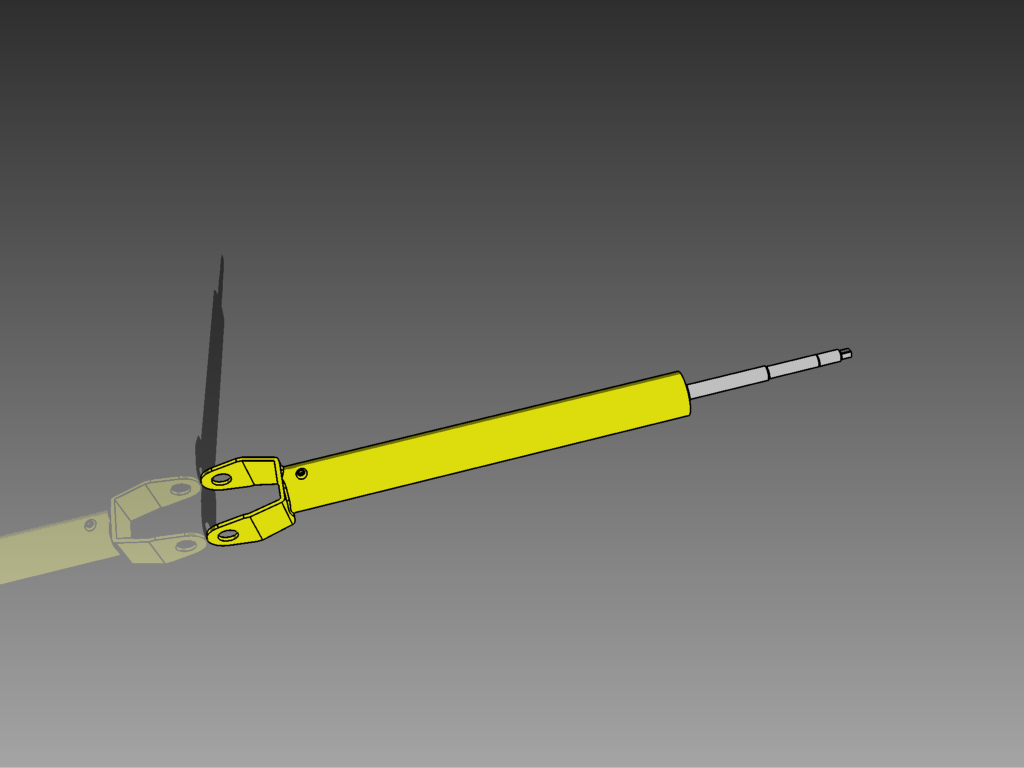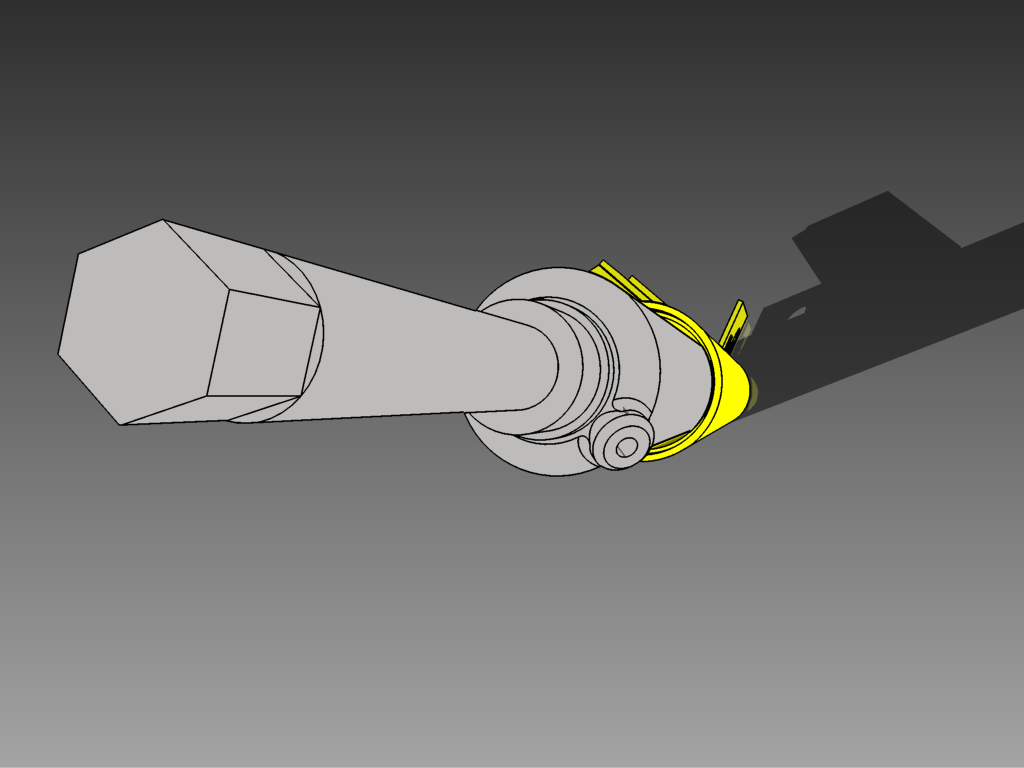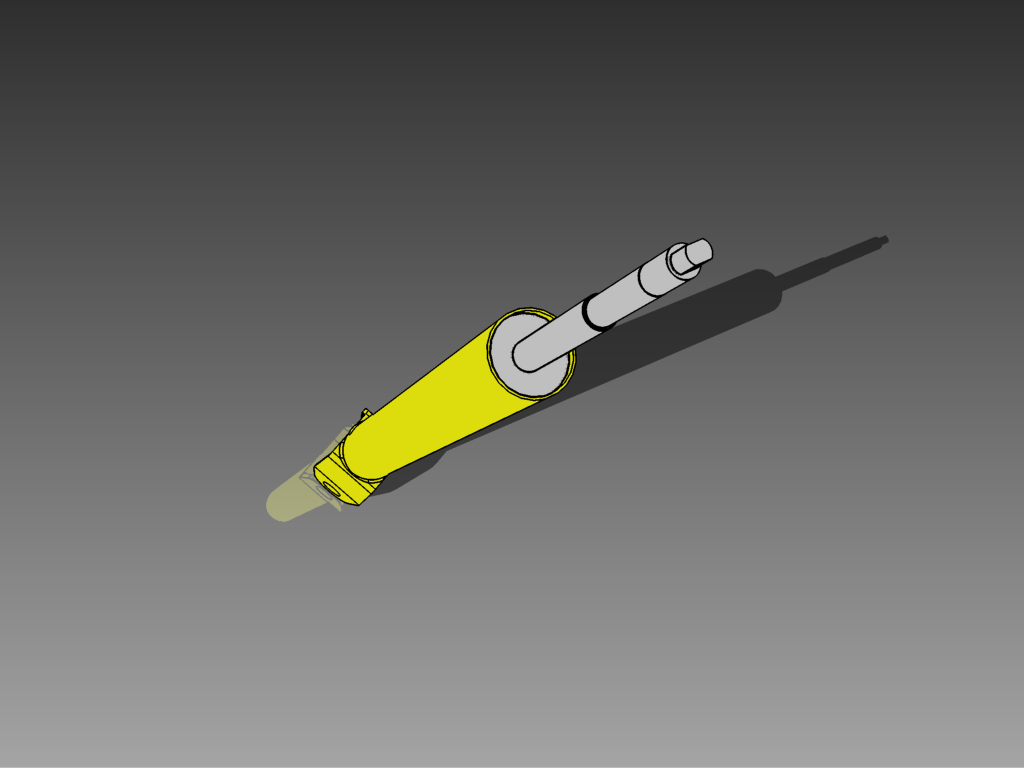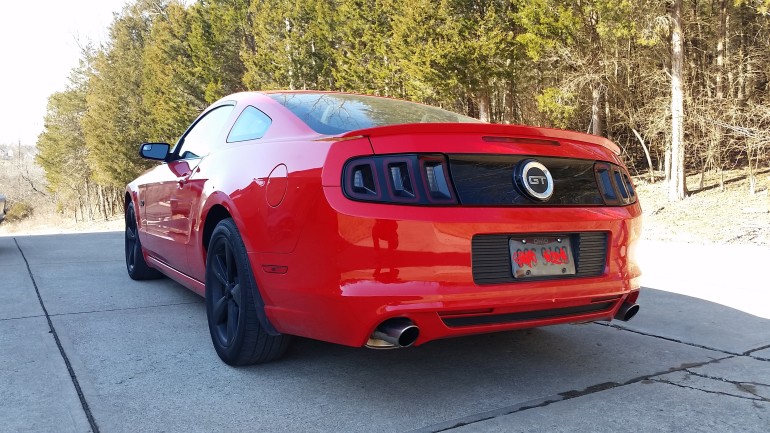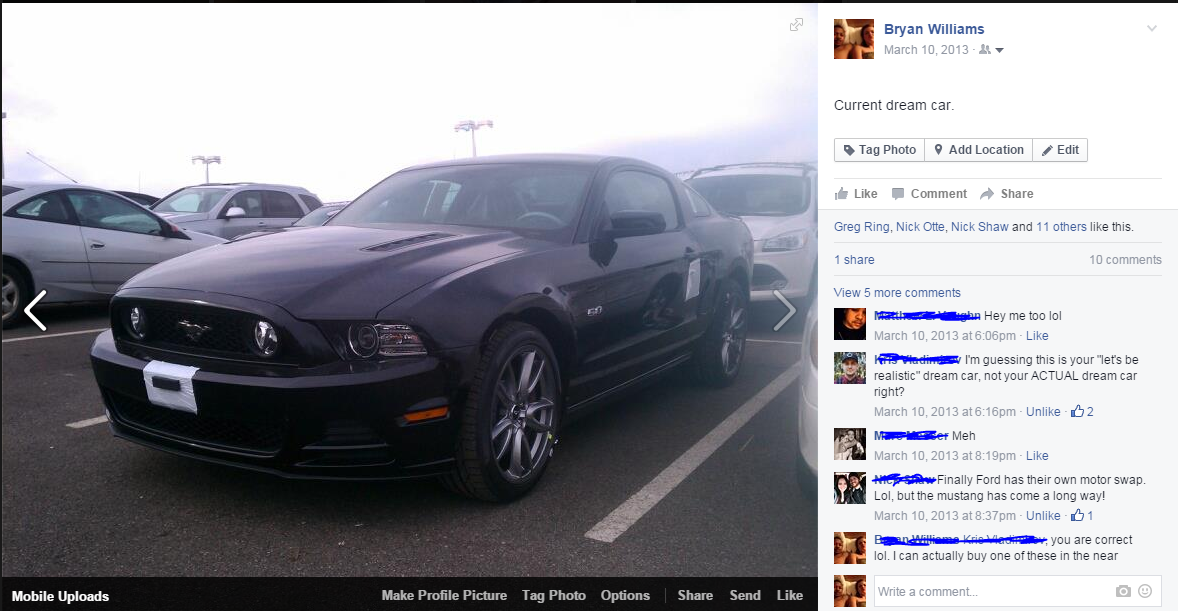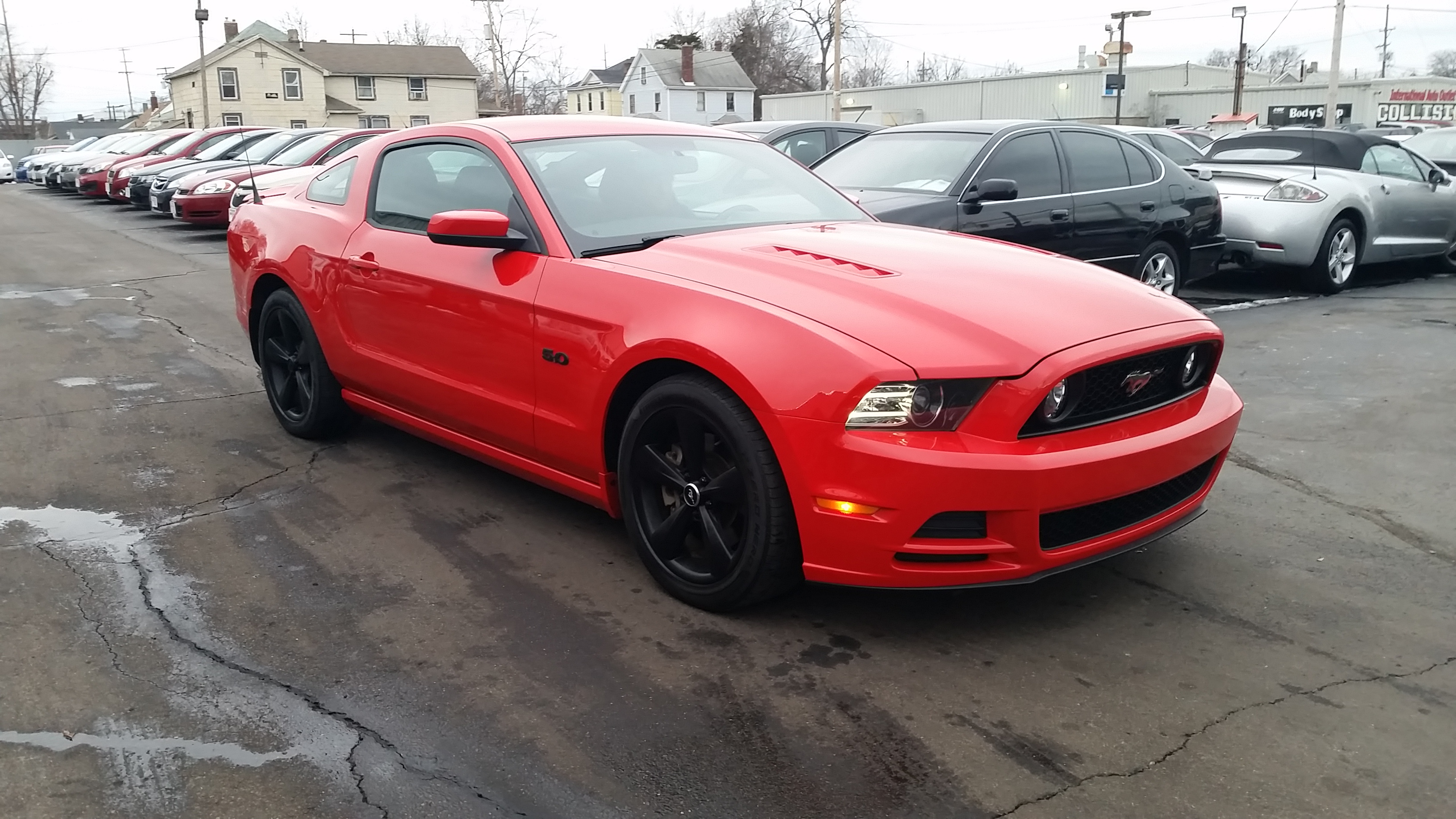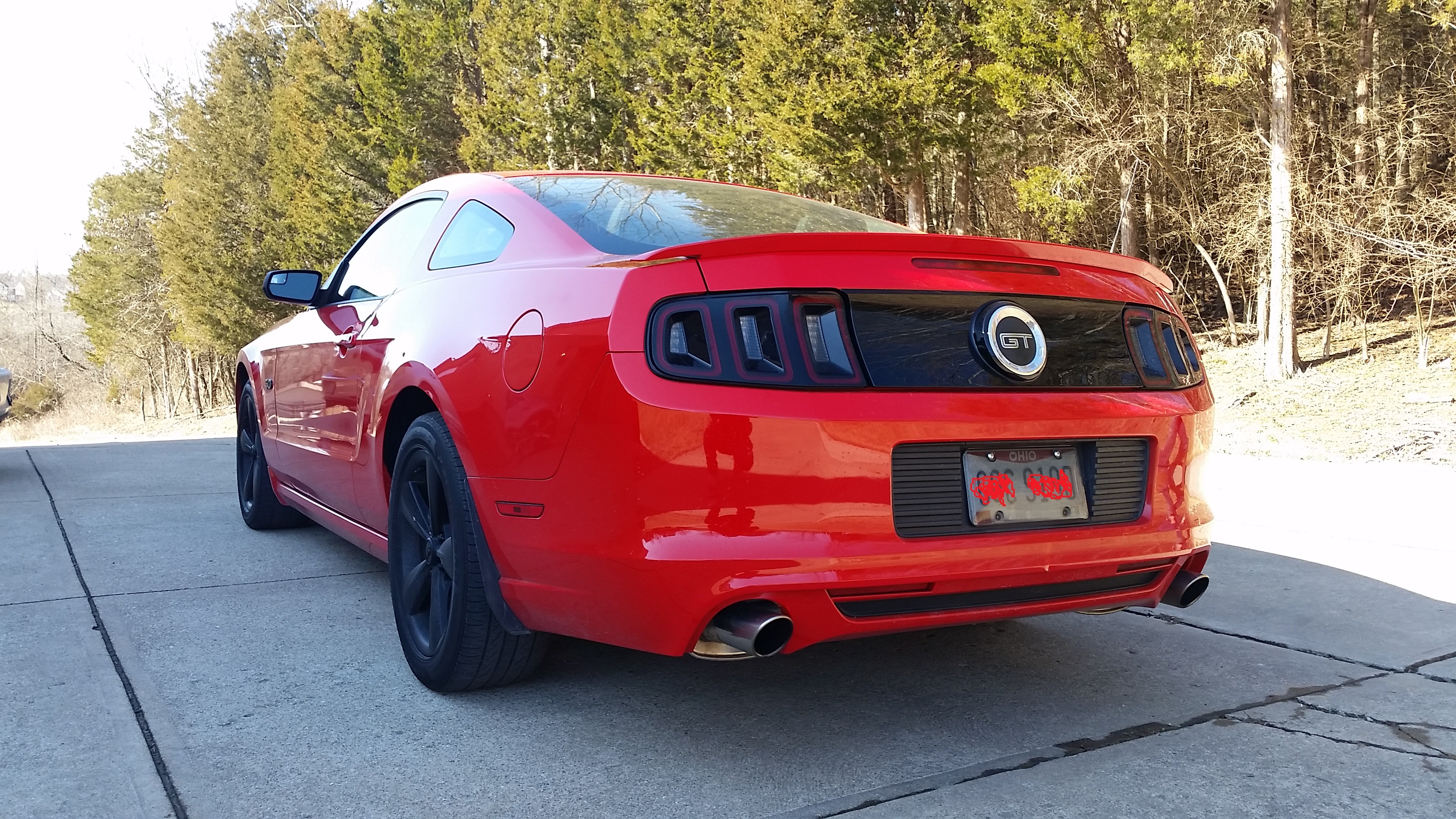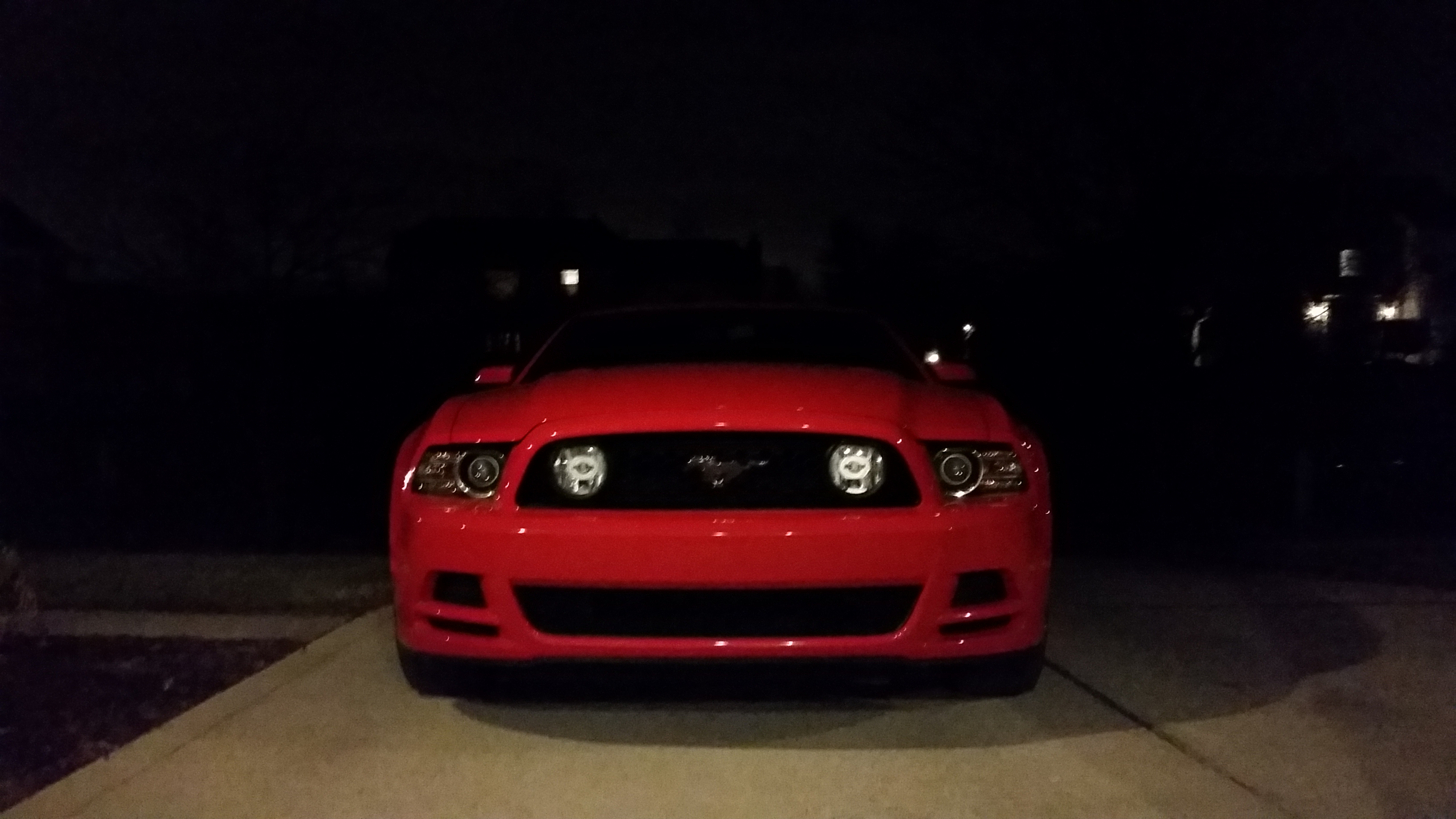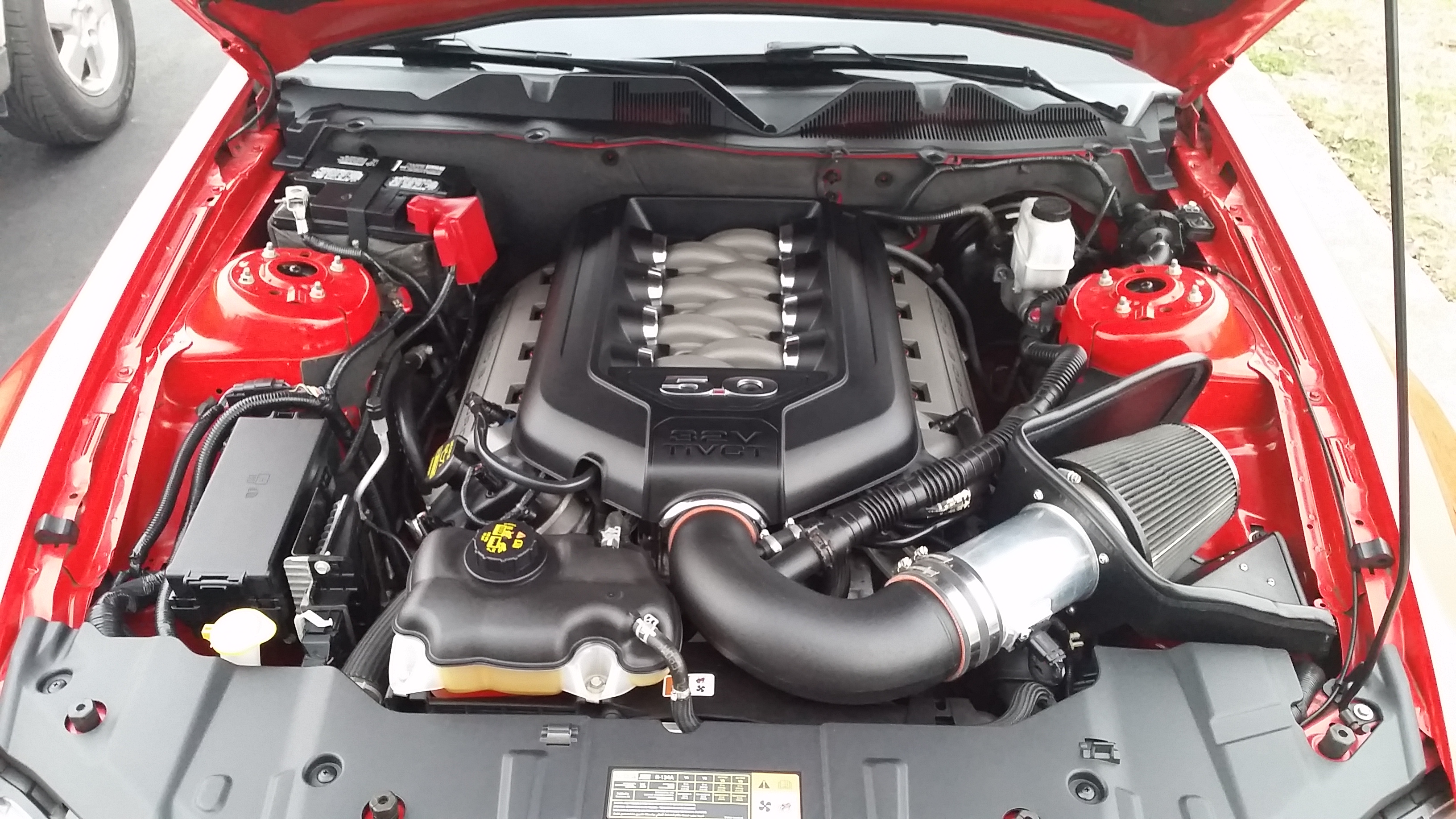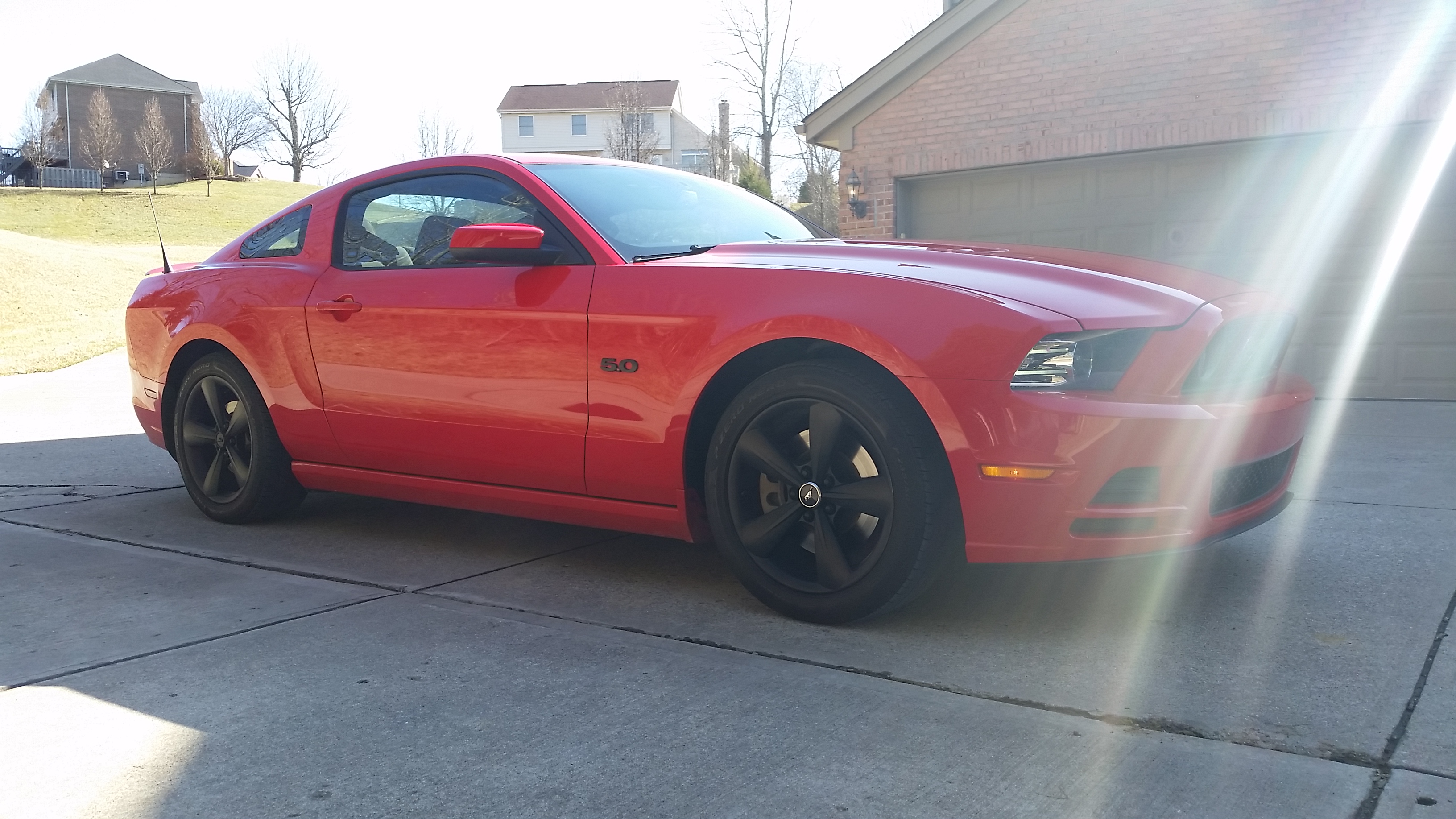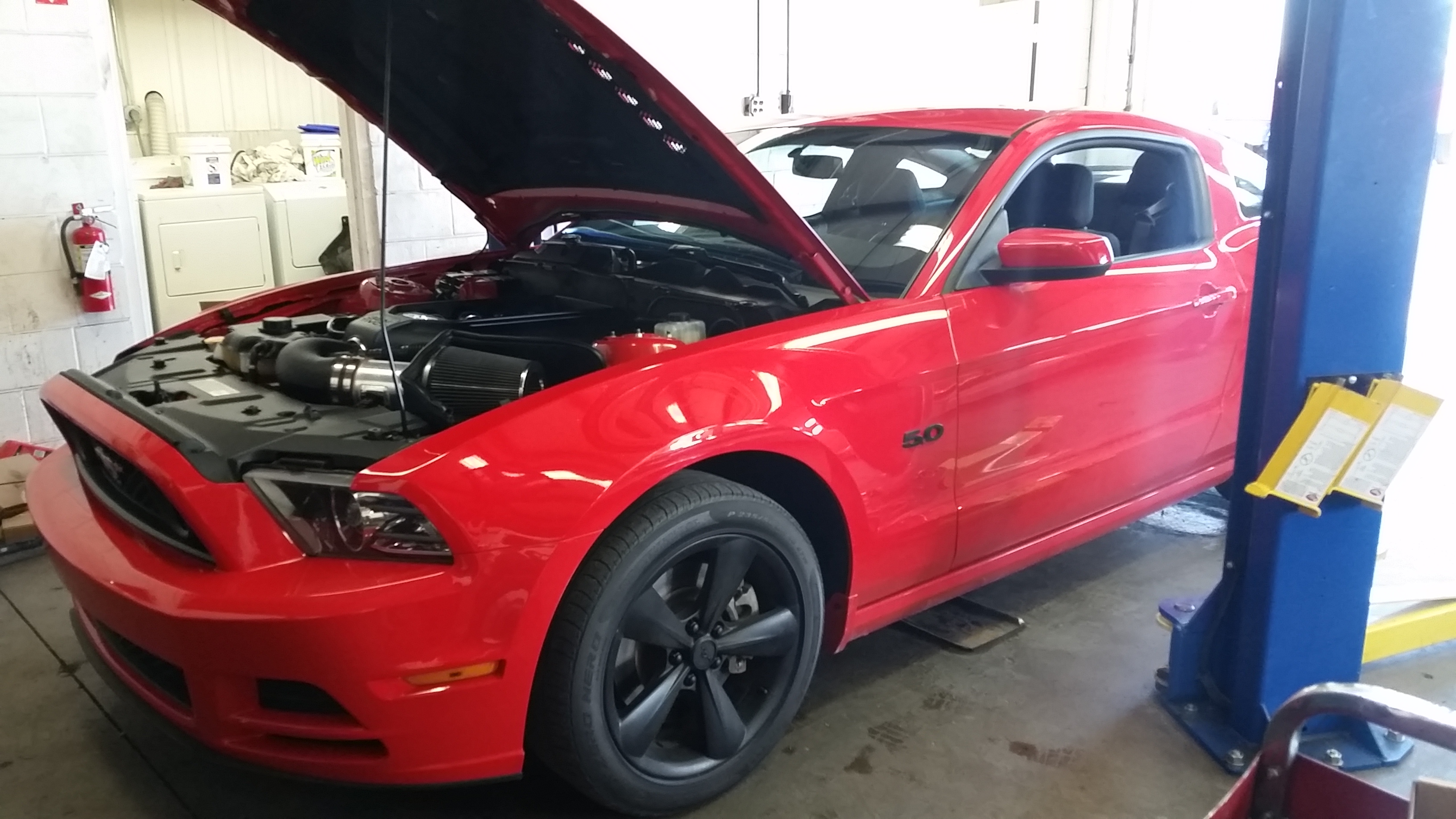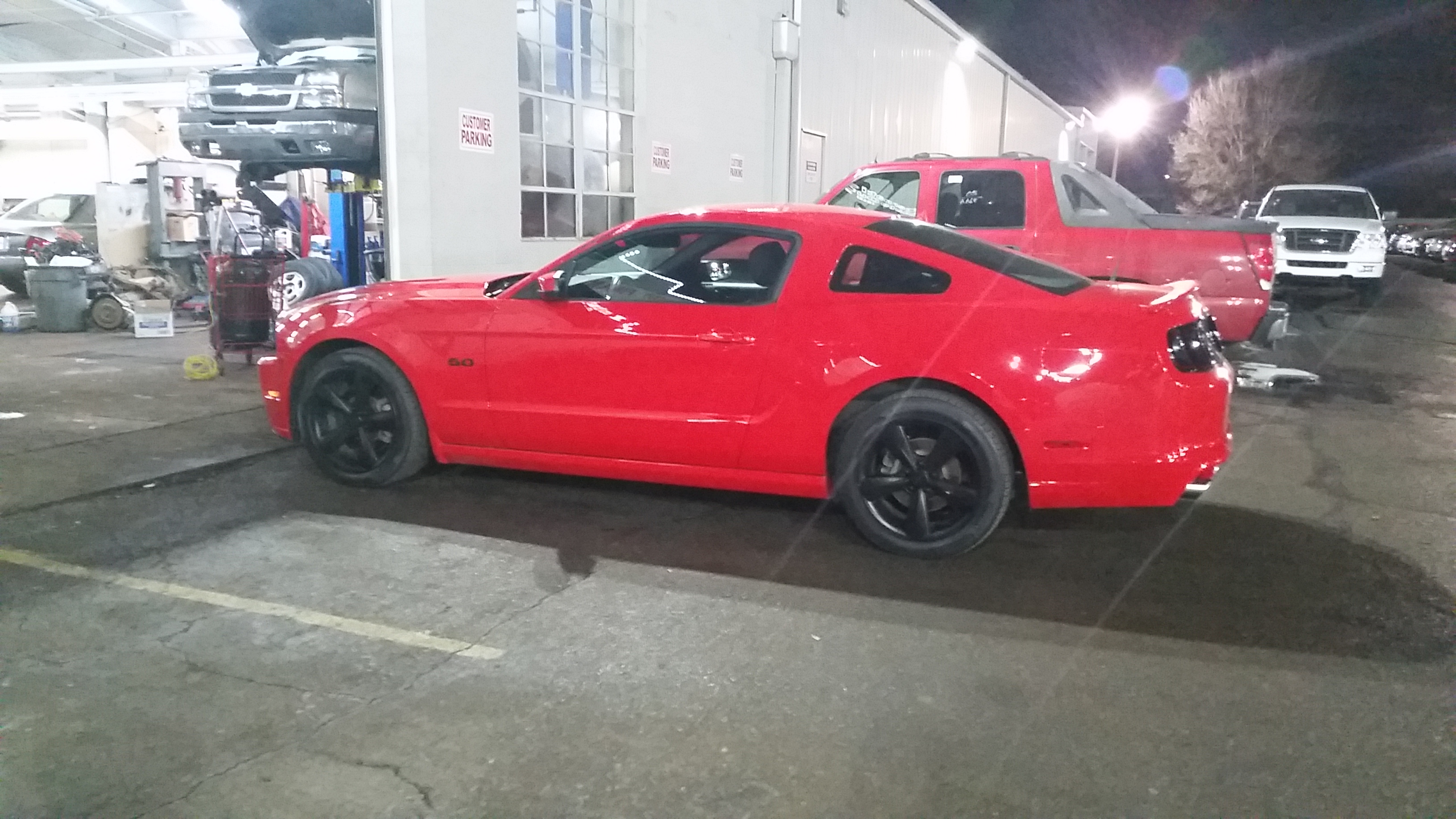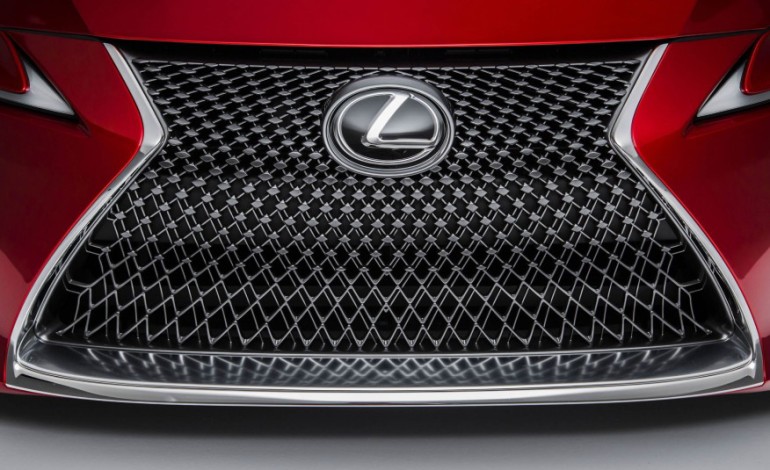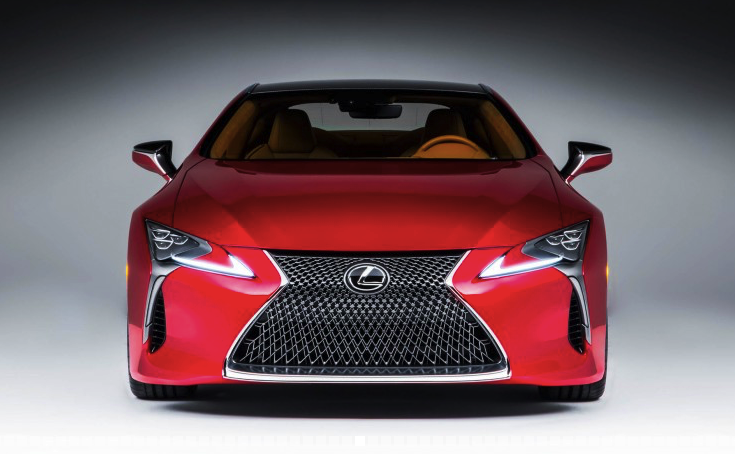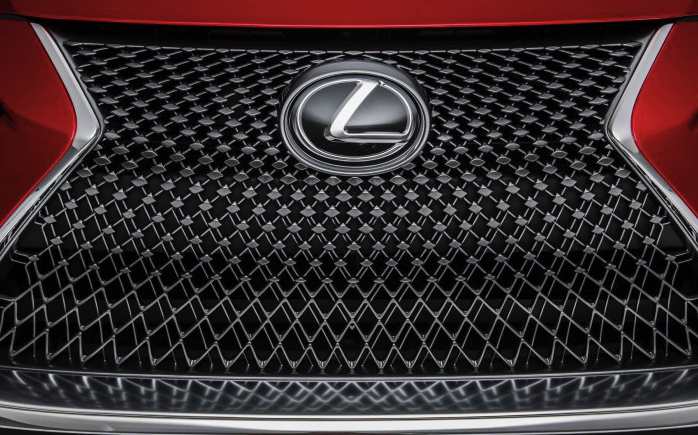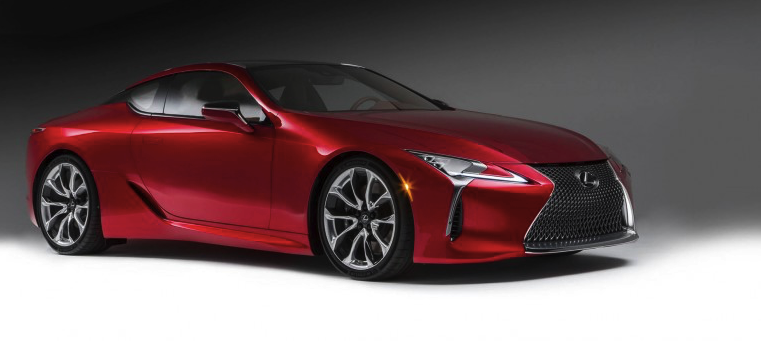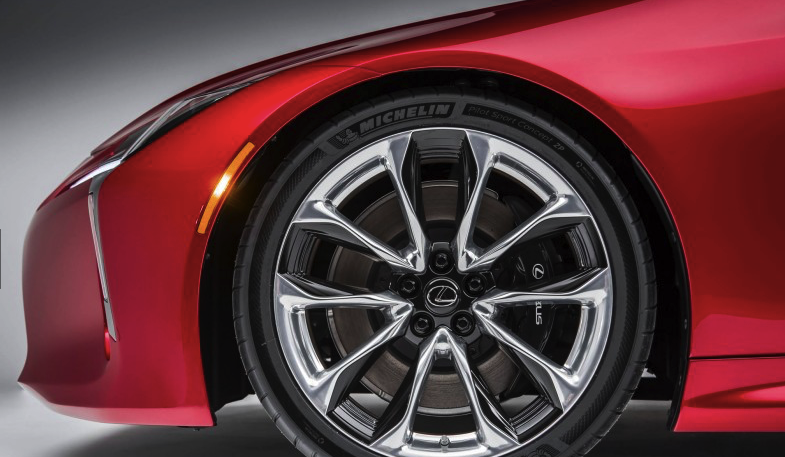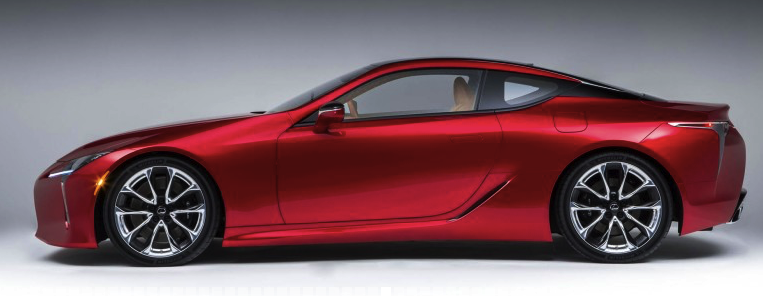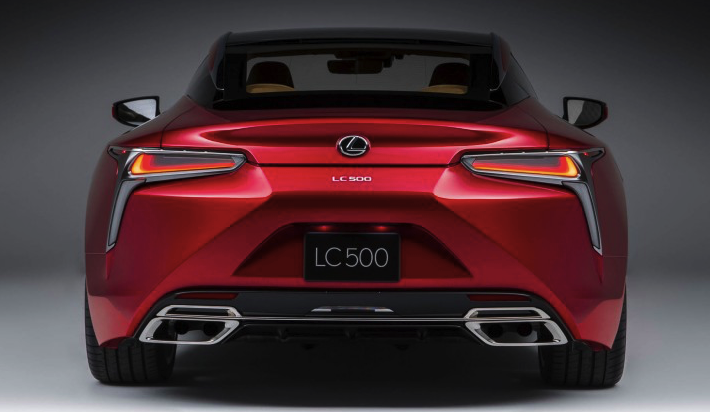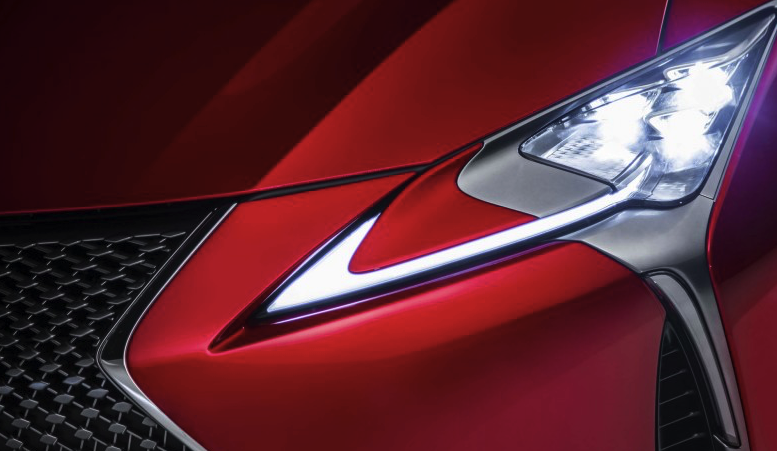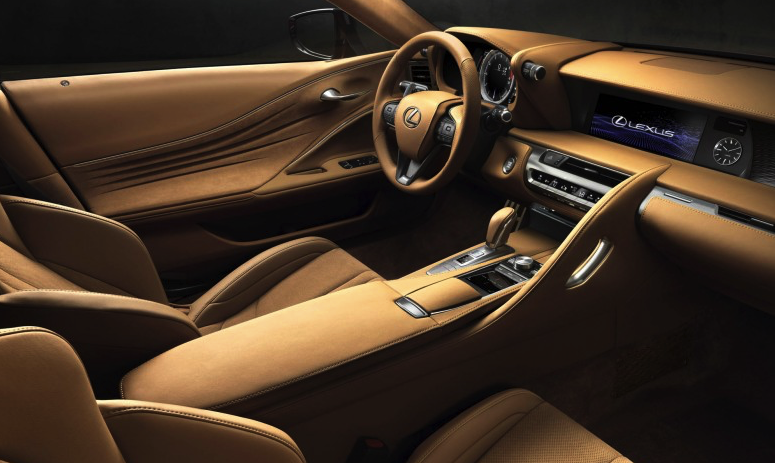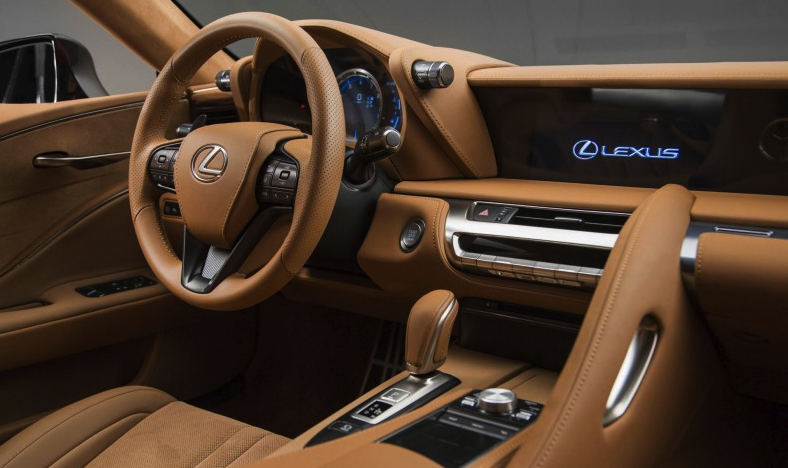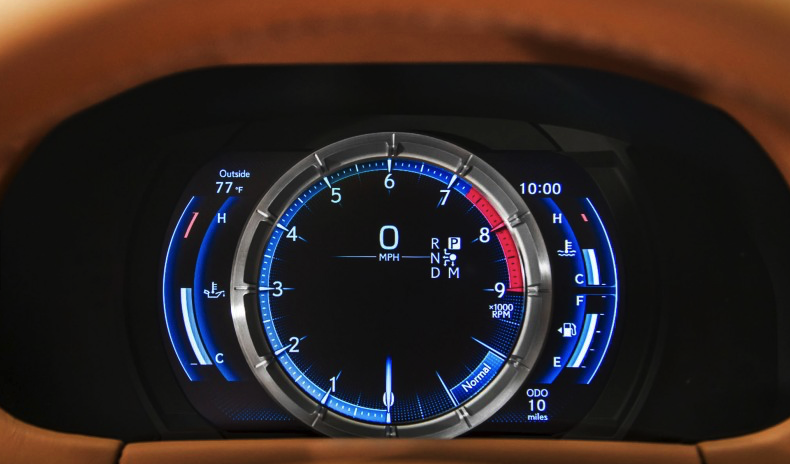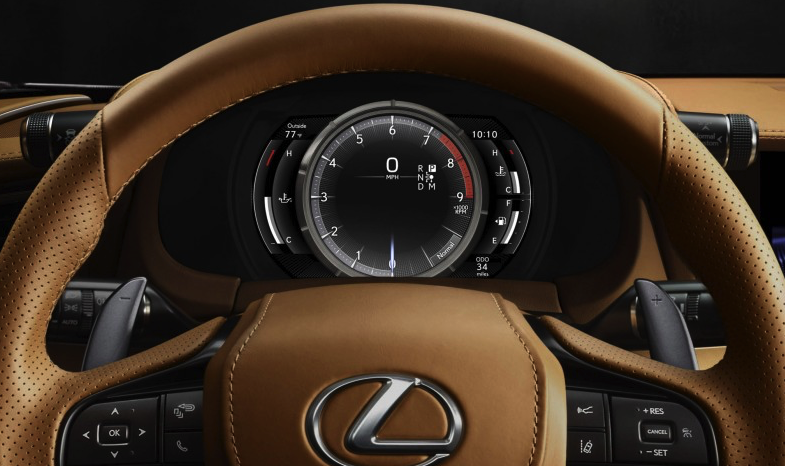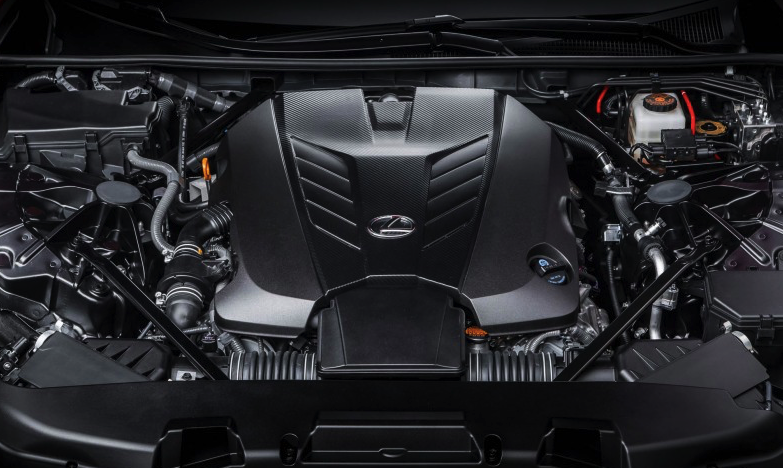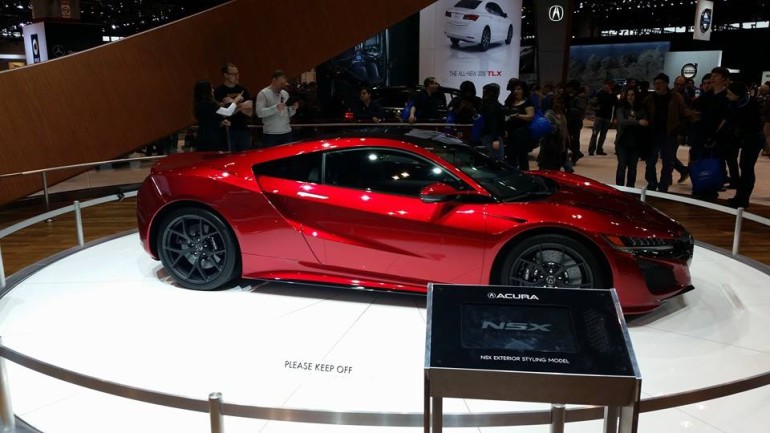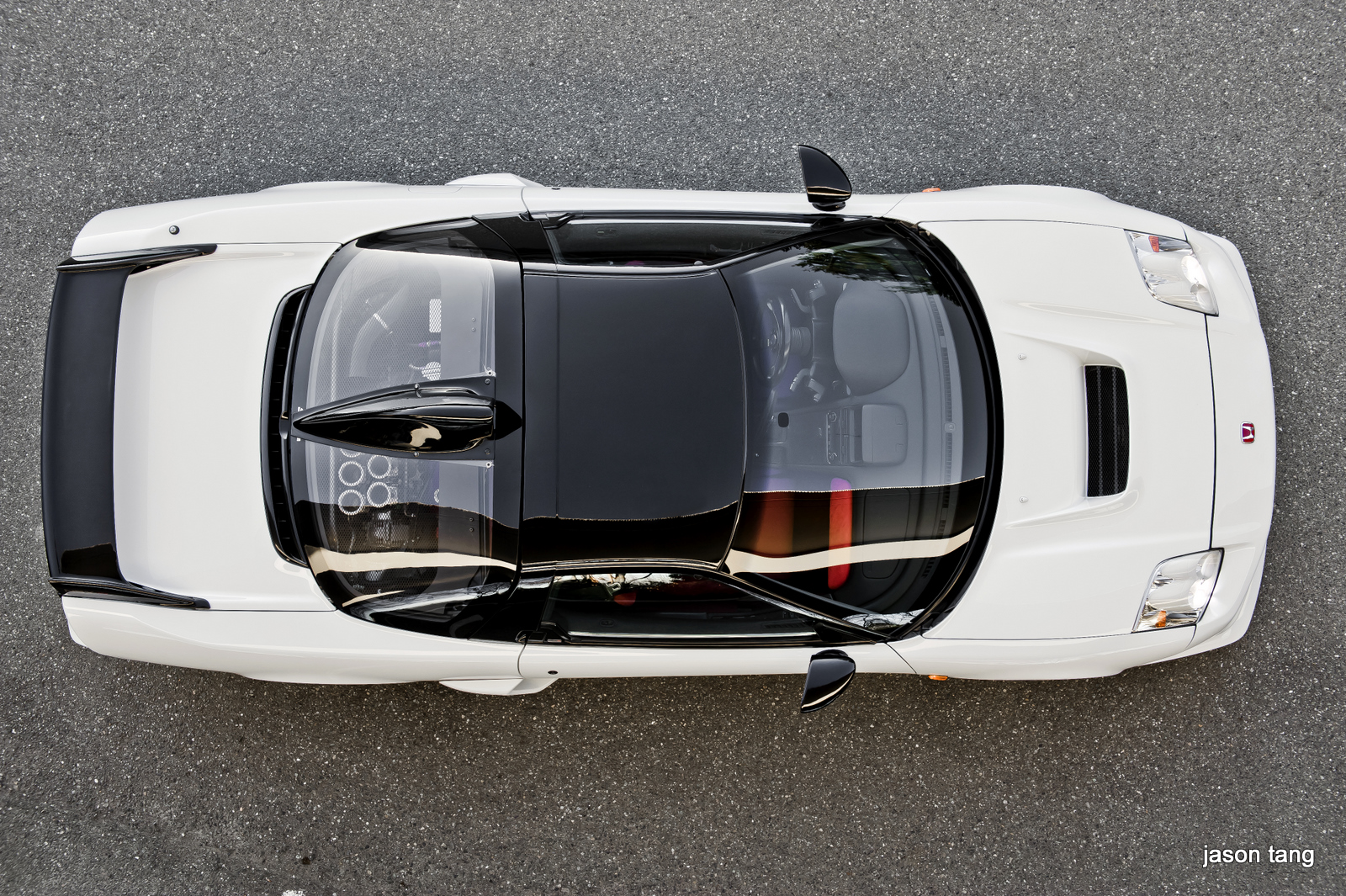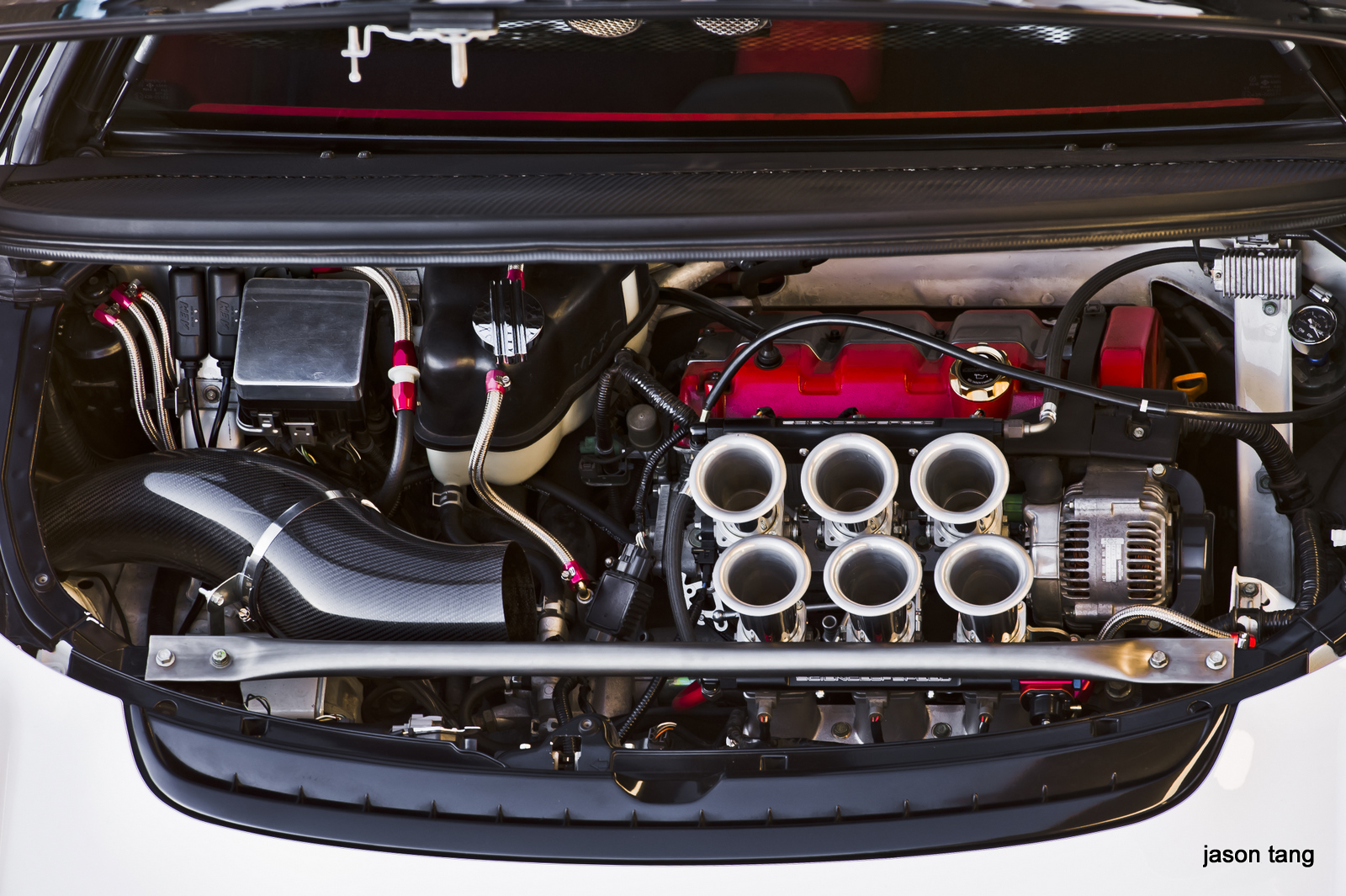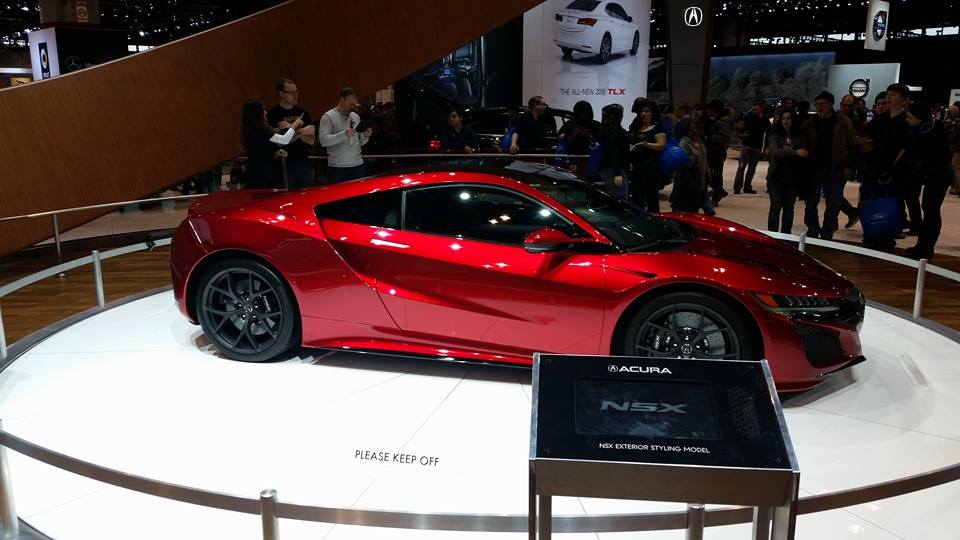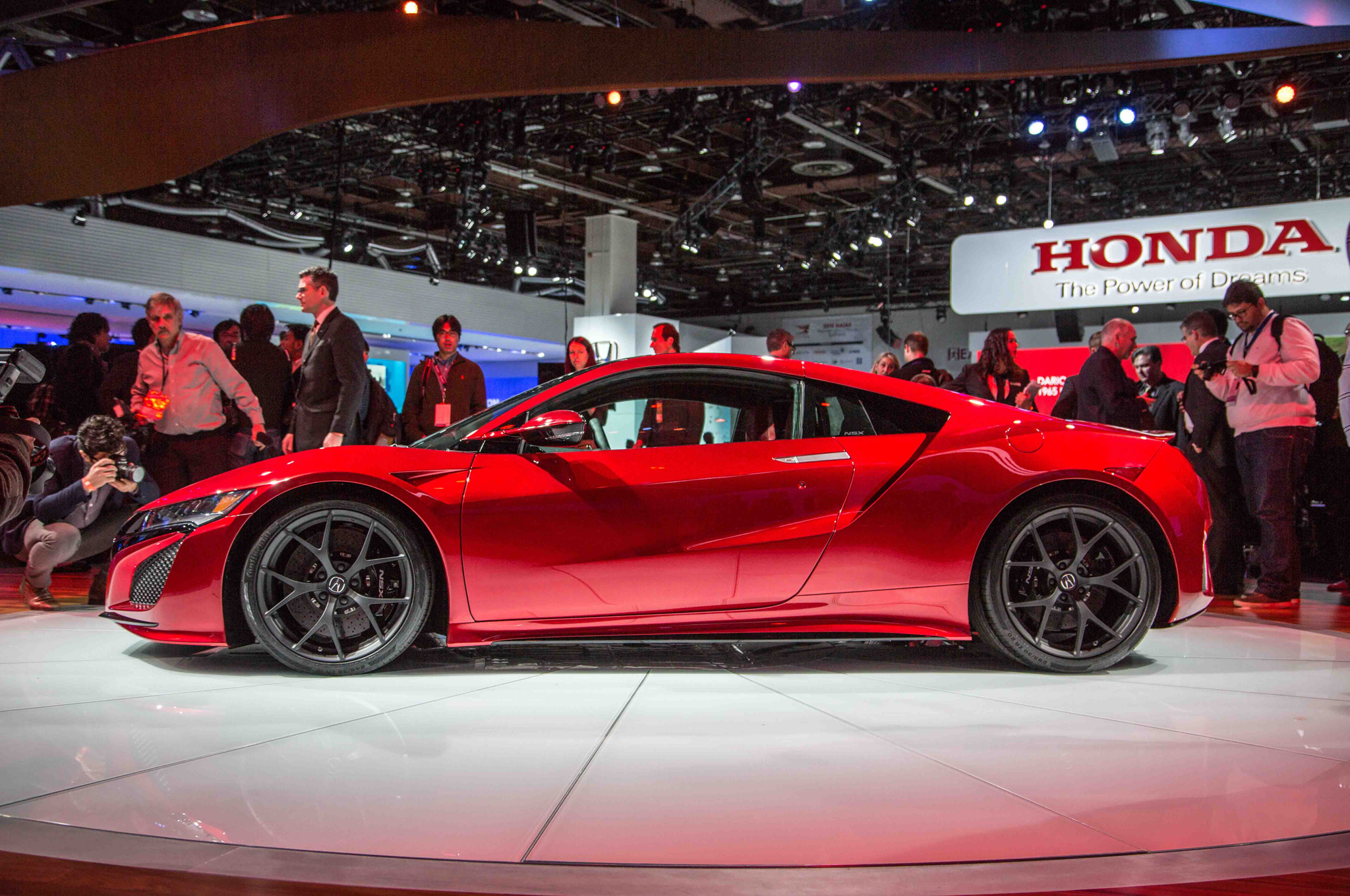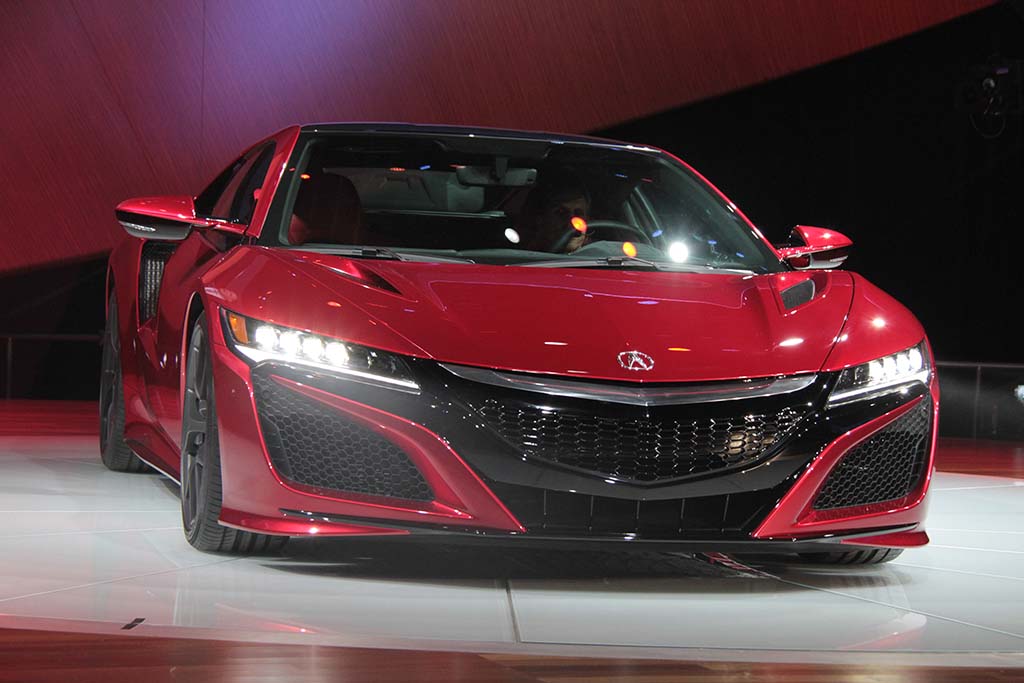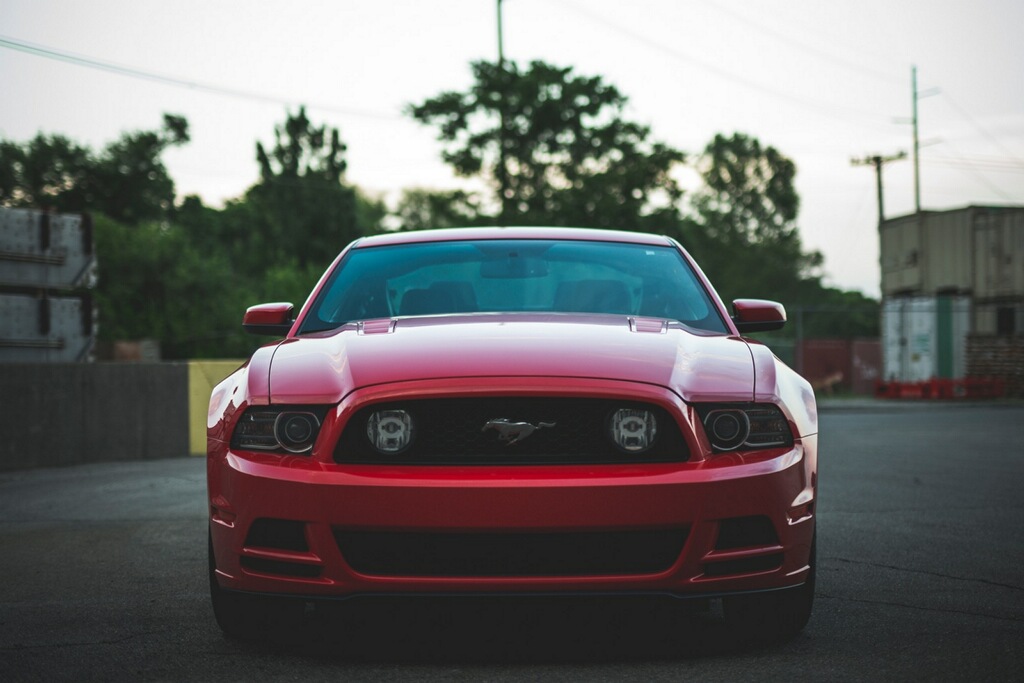
(Image courtesy of Razete Photography)
Abstract:
February 3rd, 2016 was a bad day.
Sadly, the love affair between Ruby and I was extremely short lived.
Nine days elapsed from the time of purchase to the time that I found myself stranded on the side of a public highway, tears in my eyes and regret bubbling within my bowels.
Why the hell did I buy this stupid thing when I already had what was arguably the perfect car? In all of the time that I had spent nearly perfecting a system of yearly tradeoffs, I had defied a plan that I had stuck with for years when I sold my GTO. Oh, no, my lord, what have I done? How did I give up a nearly paid off and wonderful V8 grand touring car as well as a relatively inexpensive daily driver, all for the promise of having something new?
The downward spiral of my car fetish began on January 24, 2015.
I picked up a Hyundai Genesis 5.0 R-spec, and began to want more. When it got hit on Interstate 75, the panic ensued. The years of carrying thousands of dollars of positive equity in my automobiles was destroyed, all because I let my emotions control my automobile purchasing decisions. The accident wiped out nearly six grand worth of equity, proving to make selling what was already a niche-market car even more difficult just to break even. In a rush to purchase its follow-up vehicle, I sold the car under a clause of -$400.
Yes, I paid $400 to sell my damn Hyundai Genesis.
Then, I picked up a 2008 Infiniti G35S. It was literally the perfect car: a wonderful blend of luxury, admirable poise and balance, dashing looks, and surprising speed. Plus, the damn thing only cost $16,000 coupled with the fact that it had a mere 55,000 original miles. Yeah, it was heavenly, but this one day, I got the idea in my head that I needed another race car.
Ruby, my 2013 Ford Mustang GT 5.0, will forever be the best car that I never should’ve bought.
Those were the thoughts that tumbled through my head as I limped the car to my apartment and immediately phoned my boss—who was the only person available to give me a ride back to work. Somehow, during my hooliganism that included a joyful 75% throttle run up Bypass 4, I pushed the clutch pedal, and shifted into 3rd gear, or so I thought. When I released the clutch pedal, the car bucked violently and revved back to 6,000rpm. I freaked, pushed the clutch pedal to the floor, and attempted to abort the run by putting the shifter in neutral gate to regain my composure—only the shifter seemed jammed.
Weird.
I pulled over into the emergency lane. Nothing I tried was able to free the shifter, necessitating a slow drive home in second gear. To my chagrin, I was now faced with a car that had a broken transmission and a questionable warranty. Awesome.
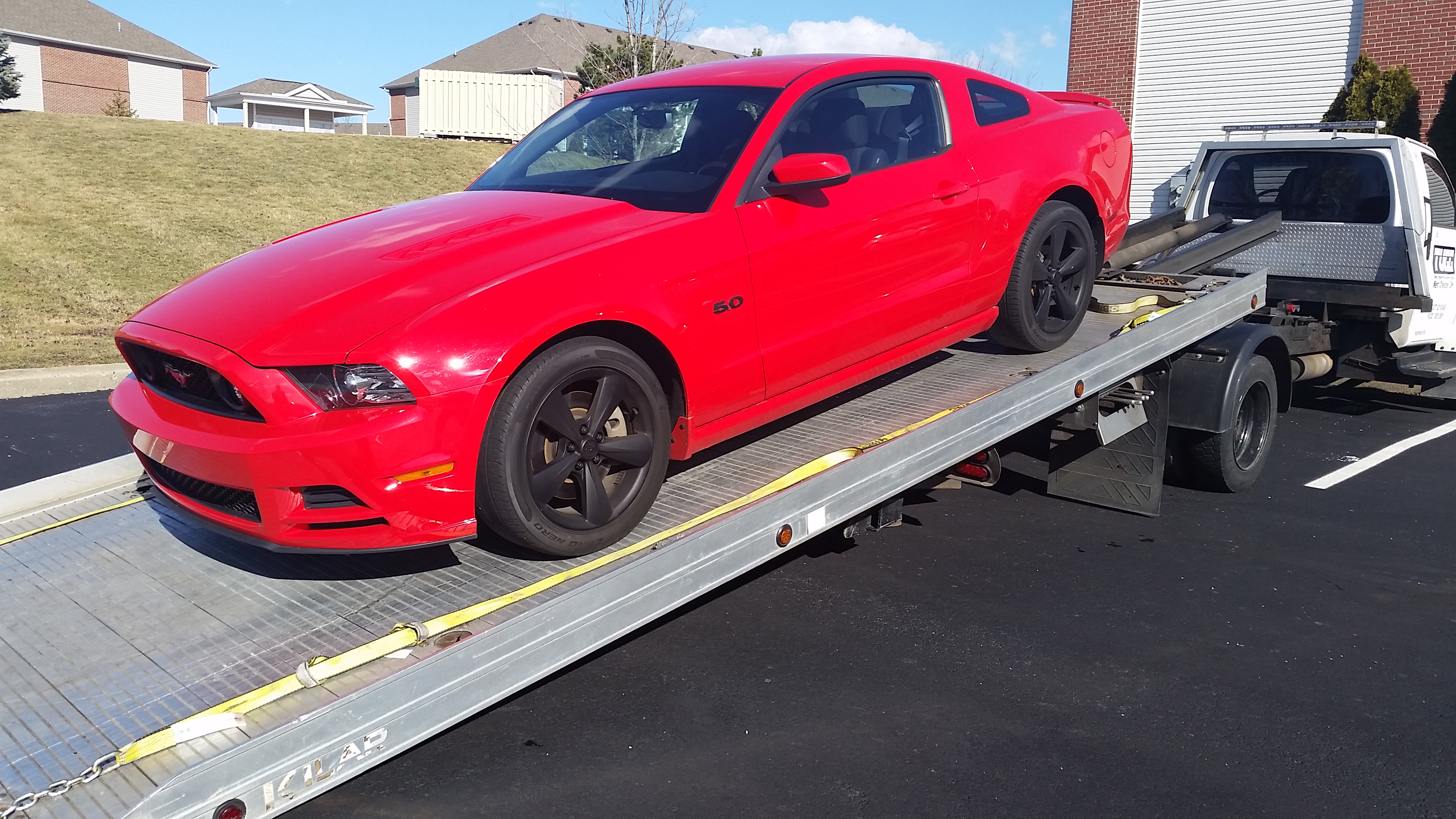
I’ll save my dealings with the dealership that I purchased the car from, the International Auto Outlet, for a later post. For now, I’ll just summarize by noting that my very expensive, low mileage, bright red 2013 Ford Mustang GT 5.0 was gone for two months. . .
Had it not been for my repeated intervention, it would likely still be sitting in a garage with the transmission still in pieces.
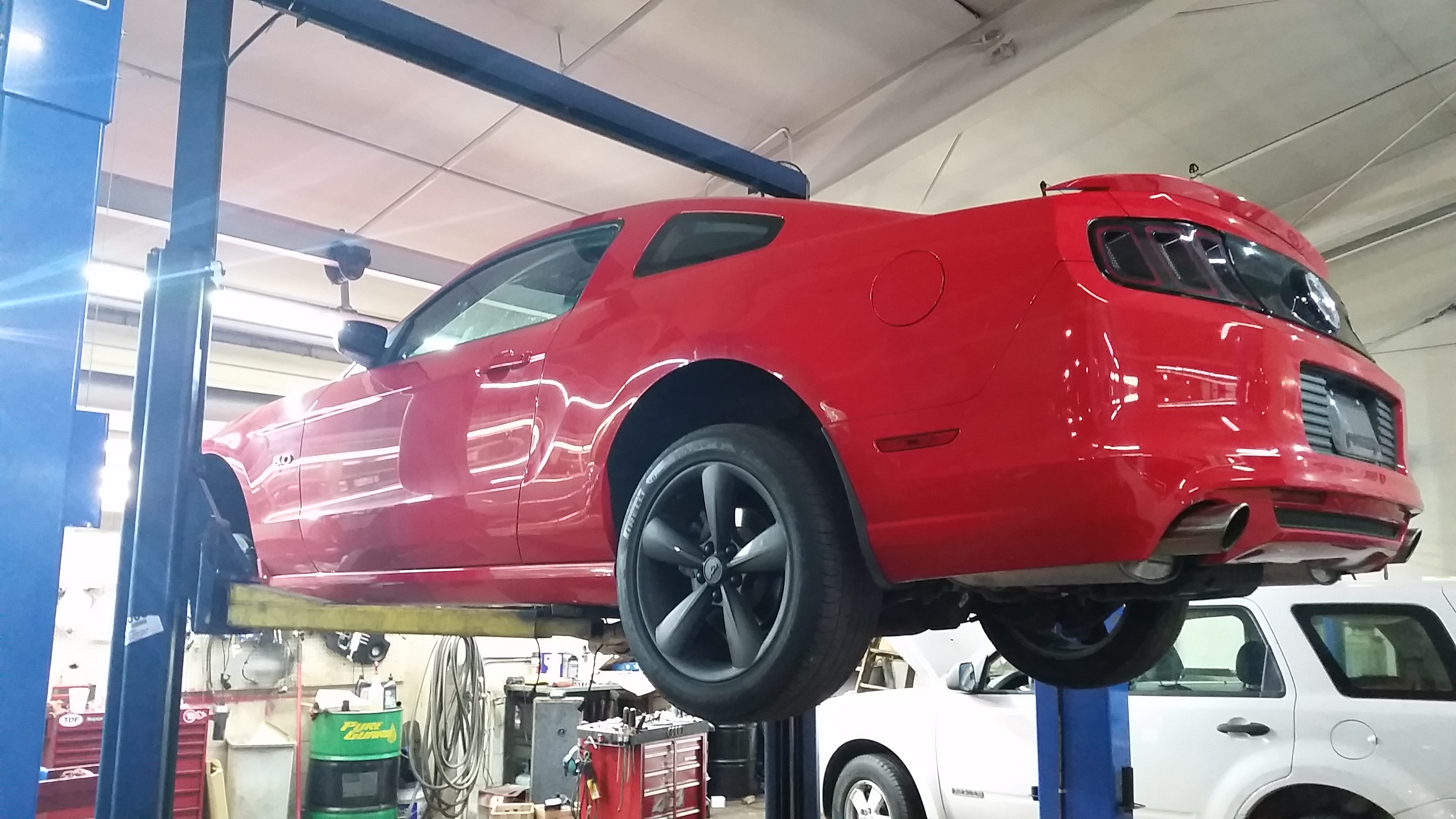
Design:
It’s such a good-looking car. I mean, c’mon, you can’t deny it.

(Image courtesy of Razete Photography)
They say that a truly good car is one that you can’t walk from without looking back, and this (like most of my other cars) hits the spot dead center. Versus the archrival Camaro, I have always claimed that this generation Mustang is victorious in the execution of every stylistic detail abound on its body. Regarding the 2013 refresh, I’ll have to say that the taillights are my favorite part.
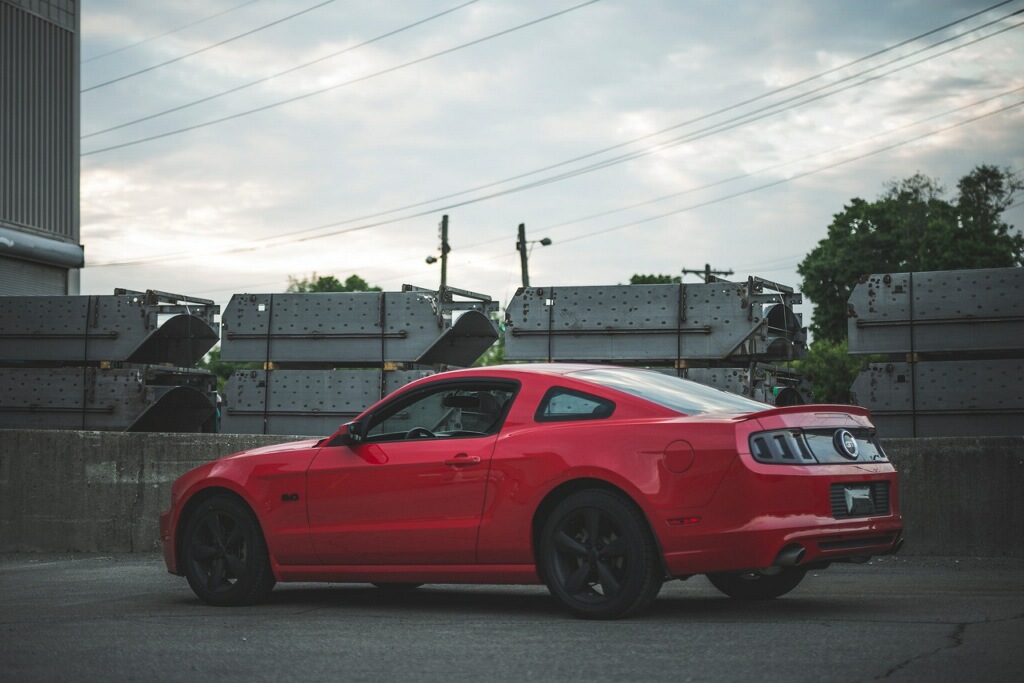
(Courtesy of Razete Photography)
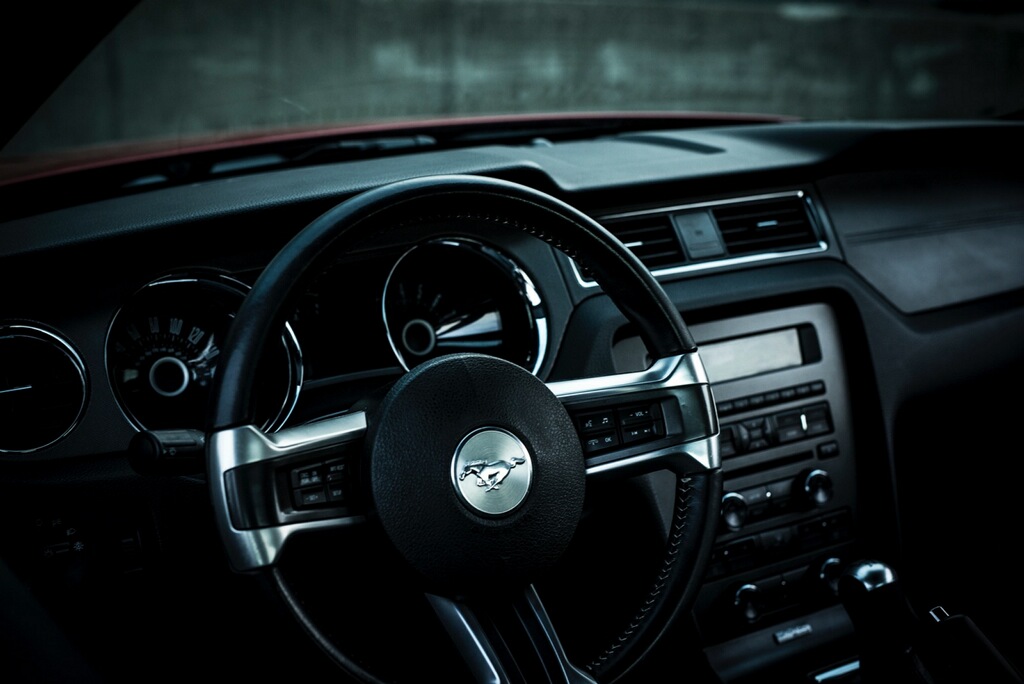
(Courtesy of Razete Photography)
My only wish it that I had the GT Premium, if only because the package comes with the better looking 19 inch wheels that fill the wheel wells more aggressively than the base 18s. Oh, and please don’t mind my shoddy plastidip job. I plan on correcting it as soon as possible.
Shortly after I got Ruby back from its long stay at the clusterf*ck of dealership doom, someone parked next to me at work wasn’t paying attention and swung their front bumper across mine. I wasn’t there to catch the act in progress, and the security cameras were too grainy to pinpoint key details about the culprit like license plate numbers.
All I know is that the car was some heap of shit Dodge Stratus Coupe that was driven by someone that is no longer employed at my facility. Bummer, but at least it didn’t actually damage the fender. Luckily, the majority of the scuffs came out with some Meguiar’s rubbing compound.

Driving Notes:
Enough with my sob story of automotive anguish.
You want to hear about the elephant in the room, well, the bright red blocky looking elephant.
In short, it’s been a trying experience, but again, what good is a racecar if it doesn’t test your patience and your boundaries? Didn’t I want a car with more emotion and “soul” versus the largely soulless Hyundai Genesis? I sometimes complain about how it is essentially a base model with zero sound deadening, a cheaply strewn dashboard, and hard plastics galore but—its still a glorious automobile.
So, perhaps I’ve finally found my match made in heaven.
I get in by swinging open a door that weighs every bit of 300 pounds. Parking on a hill worries me because I fear that the hinges might snap at any moment, but closer inspection proves that the steel gage is nearly six to seven millimeters thick, even on the folds. These hinges are truly mighty, but once you realize that shutting the door is equivalent to 10 reps on an exercise machine, it becomes imperative to make sure that all extremities are inside. Yes, I shut the door on my leg once. Yes, I cried.
Then, I fire up the engine. There are no fancy buttons, key fobs, or retina scans here. Ruby, by the blessings of the automotive gods, is endowed with what we old-timers call a key.
Oh, and mine is kind of broken (the lock button doesn’t work, and the unlock counterpart barely works).
Insert the key and crank it. The Coyote V8 is eagerly spun to life with a starter that apparently has the enthusiasm to turn over an aircraft carrier’s steam turbine. Every time it engages, I smile, knowing that there is just something different about this machine. The V8 gurgles and churns more so than my old LS1. The pulses of its firing order shower the thinly insulated cabin with vibrations that make me cringe as it settles down from the cold idle. I watch the tachometer sift below 2500rpm as the dashboard and the entire center console come alive with resonance.
For a moment, I wonder if the car will explode, but alas, it doesn’t.
Ladies and gentlemen, this is how a car is supposed to start.
It isn’t one of those cars that you turn on and forget that you’ve left the engine running. It’ll never try to coddle you and hide its purpose. Plainly put, this is a muscle car, and there is never a waking moment where you catch it lying. The car for the most part is juvenile and rough, and despite a major rebuild, the transmission still sounds as if it’s filled with gravel if lugged at low RPM. The stock shifter is, well, awful, but I was warned. Some genius in Ford’s engineering management was given the task of reducing driveline NVH, so he endowed a poor sap with the task of designing a remote mount shifter, likely with a budget of $75. The result is what is connected to the MT-82—itself known to be troublesome—resembling what is best described as a gear selection rod attached to piano cables. When it is moved, I only feel a vague resemblance of mechanical feedback, and that sensation only grows worse the more aggressively I drive the car.
The problem could be fixed with a $475 MGW shifter, but that leads to another issue.
Well, I tend to find myself entirely unable to drive a car for any period of time without messing with it. No matter what it is, or who makes it, each automobile has its own quirks and weaknesses. As a self-declared enthusiast, my predilection to modify whatever I’m driving eats away at my soul little by little until it caves. I have a lot on my plate right now, so I’m inclined to say no to modifications due to their obvious monetary burden, but I’m sure I’ll find a way to work something in the plans.
Add it to my wishlist:

Performance Numbers:
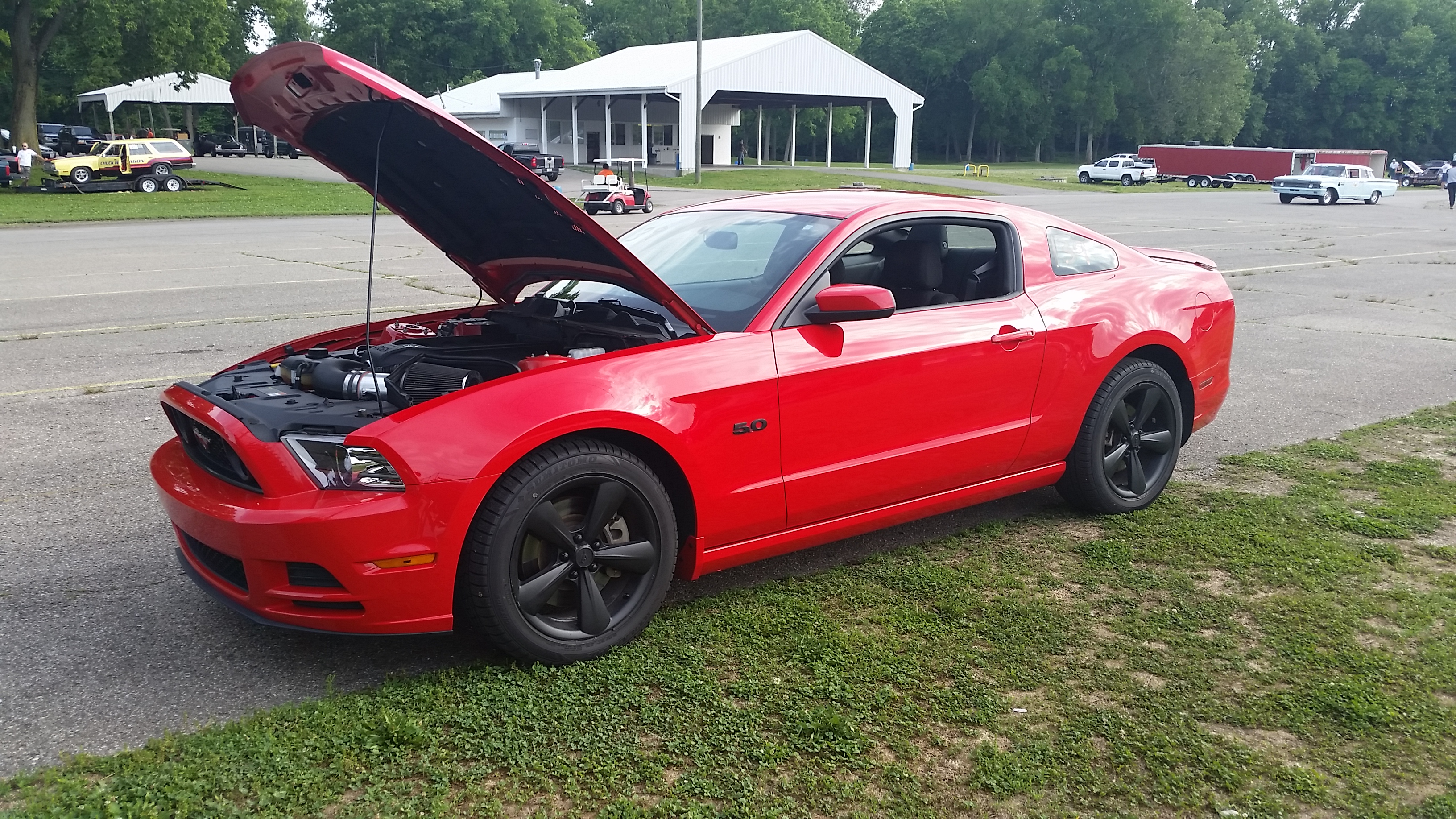
So, I’ll start this by admitting my partial defeat. See, Mustangs are usually very happy being piloted in straight lines and Ruby is no different. Unfortunately for both of us, the clutch hydraulic system seemed to disagree.
Since my last semester of college chewed up every chilly Friday night of this year’s racing season, I was finally able to worm my way to the drag strip on June 3rd, where I was pleasantly greeted with balmy humidity and 94 degree track temperatures. Noting that I had been having issues with the Mustang’s clutch at high rpm, I had made a few notes on how to contend with these issues while still managing to achieve my goal of a high 12-second 1/4 mile time. According to many sources, this should’ve been perfectly doable with the mostly stock setup.
Oh yeah, getting the transmission repaired under warranty required hard negotiations with International Auto Outlet to remove the majority of performance-enhancing parts like the BBK long tube headers, BBK catless x-pipe, tune, etc. The car is now considerably slower than it was when I bought it, but this is all speaking in relative terms. In short, the engine is still an absolute charm.
However, it enjoys to rev, and because of its relatively low displacement, it needs to rev in order to make its power. With the redline set firmly at 7,000rpm, it is notable of this engine to produce the bulk of its peak power figures in the upper reaches of the rev band. It sounds absolutely glorious up this high, but there’s this one nagging problem where the clutch pedal decides to go on strike, thus setting me up for a chapter of public Mustang embarrassment.
No, I didn’t swerve violently and wreck into a crowd or another automobile, but I did in fact manage to miss shifts in 3 out of the 5 runs that I performed that night. To make matters worse, it seemed at is if every joule of heat that the pressure plate absorbed worsened its ability to even function in a basic sense. I quickly learned that launch rpm was limited to 1,500, or basically what you use for a typical stop light cruise. After bogging the engine, I was forced to wait for it to rev to 6,200rpm (800 short of the redline) before slowly and very carefully selecting the next gear. Considering that the Coyote doesn’t make peak power until 6,500rpm, quite a bit of power was left on the table through each consecutive shift.

In short, the best run was a 13.215@110.9mph.
For comparison sake, Machscribe, like most other automotive journalists, uses Density Altitude correction as a factor for acceleration times. Considering that every car cannot be tested in the same environment, this calculation is important for determining a baseline.

This leaves us with a relatively comfortable DA corrected time of:
12.855@113.428mph.
I can live with that, and I’m especially impressed considering the shifting handicap. Now, I have started my research into my line of modifications designed to solve the problem. I started with an American Muscle braided stainless steel clutch hydraulic line, and I will install it next weekend (hopefully) to see if it clears up some of the slop. Also, per the recommendation of my fellow enthusiasts, I will also drop some legitimate DOT4 fluid into the reservoir.
Efficiency:

It seems like this warning light illuminates every three days.
Right now, I’m getting a consistent average of:
18.44 mpg
Like I said in the initial review, it isn’t a Prius, though my stance on the 16 gallon gas tank being too damn small still holds firmly.
Conclusion:
At times, I’m torn on what to think about this thing. I notice how impractical, loud, and raucous it is and I pause to reflect on its purpose. Honestly, this is the only way to rationalize what is widely known to be an irrational car.
A Ford Mustang GT 5.0 isn’t the car that makes sense to buy. As originally penned from A Faster Horse, I will definitely agree with the following statement:
You don’t make a rational decision to buy a Mustang, because it is not a rational car. It is, however, a car designed to pry at the heart, thus making the purchase of one based purely on human emotion.
I love it. Through its quirks, and its crudeness, beneath the bodacious curves lies a car that has a soul begging to be driven. I feel as if the car wants me to explore it, to heal it, and to enhance it. Considering that this is just the dawn of a burgeoning long term relationship, I think Ruby and I will have plenty of time to become more acquainted.
Until next time, she’ll sit quietly and soundly in her garage.
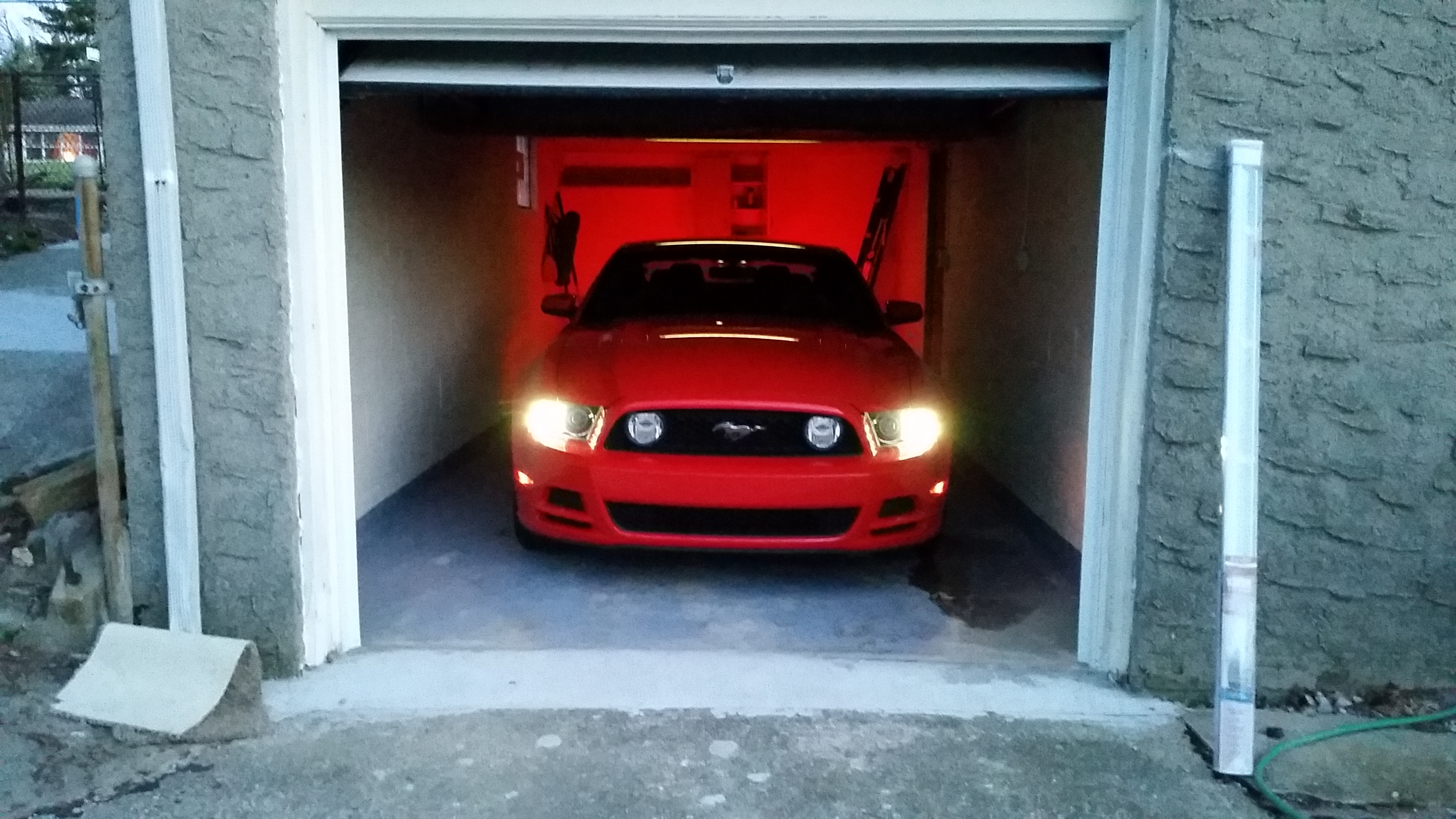
–Bryan


